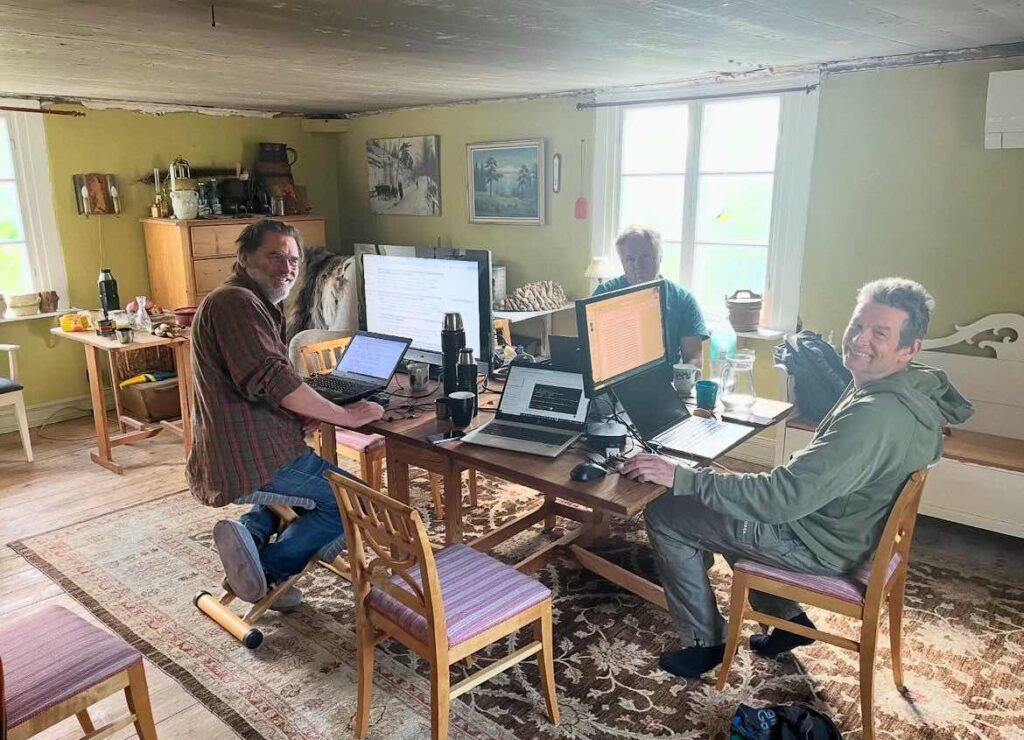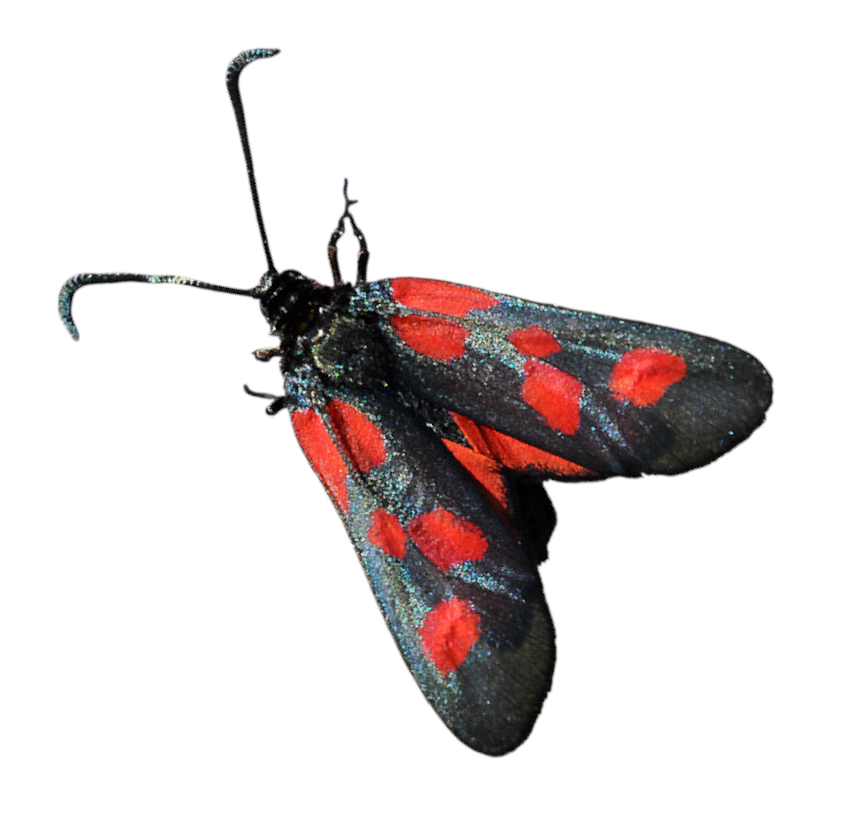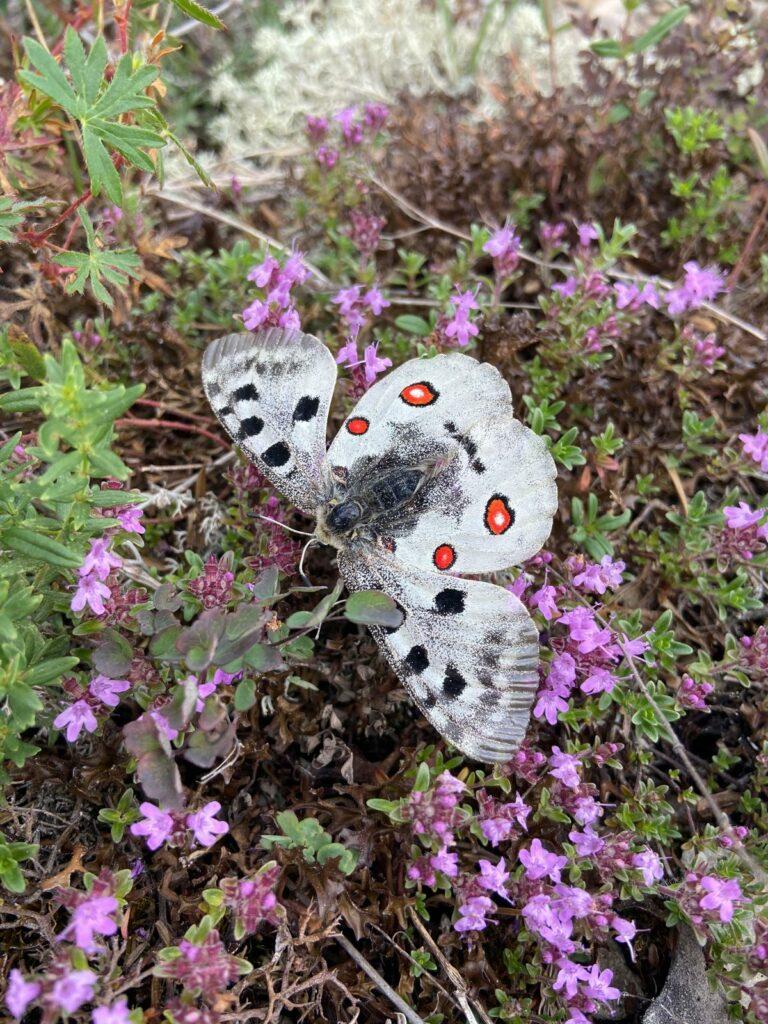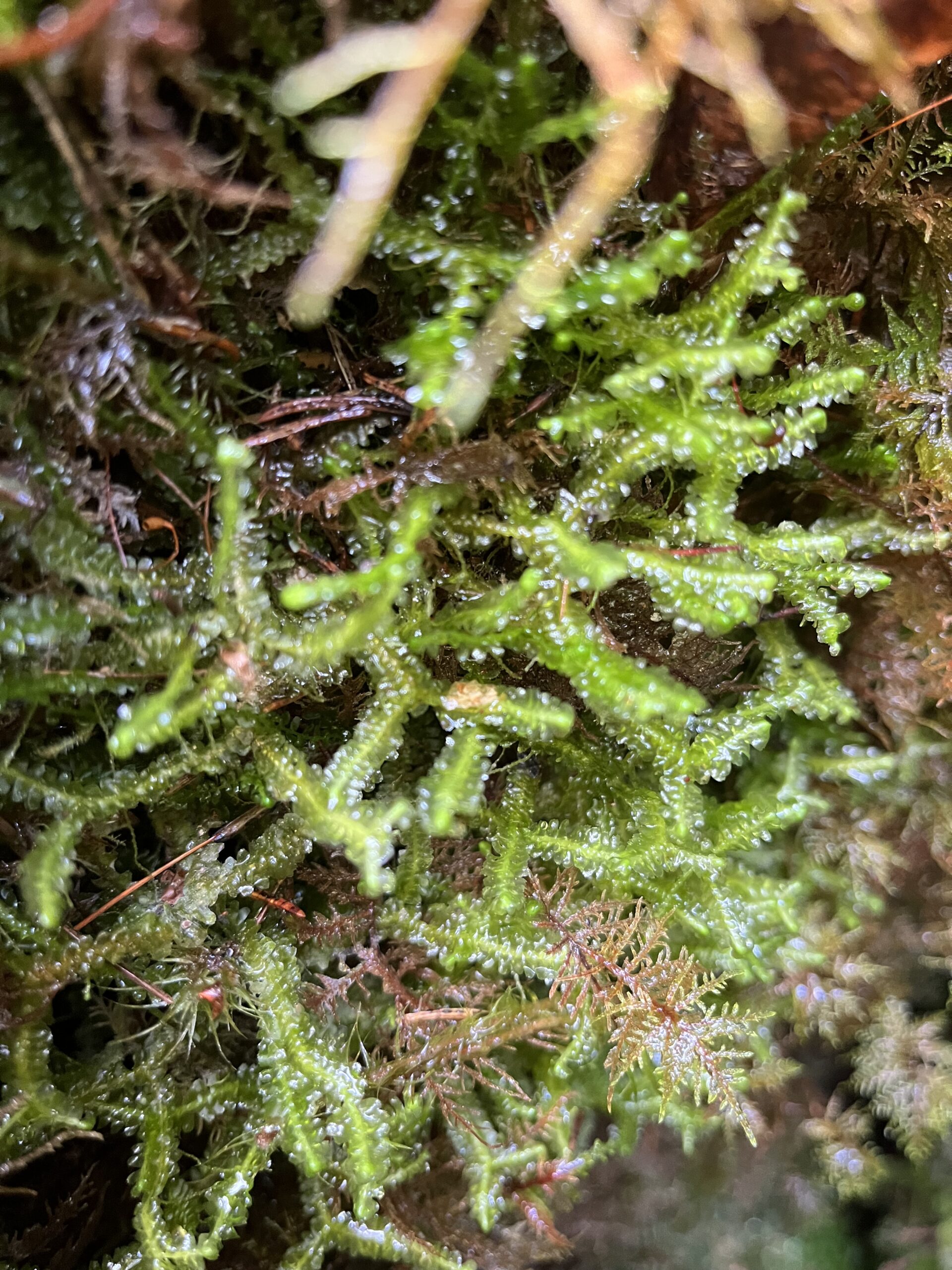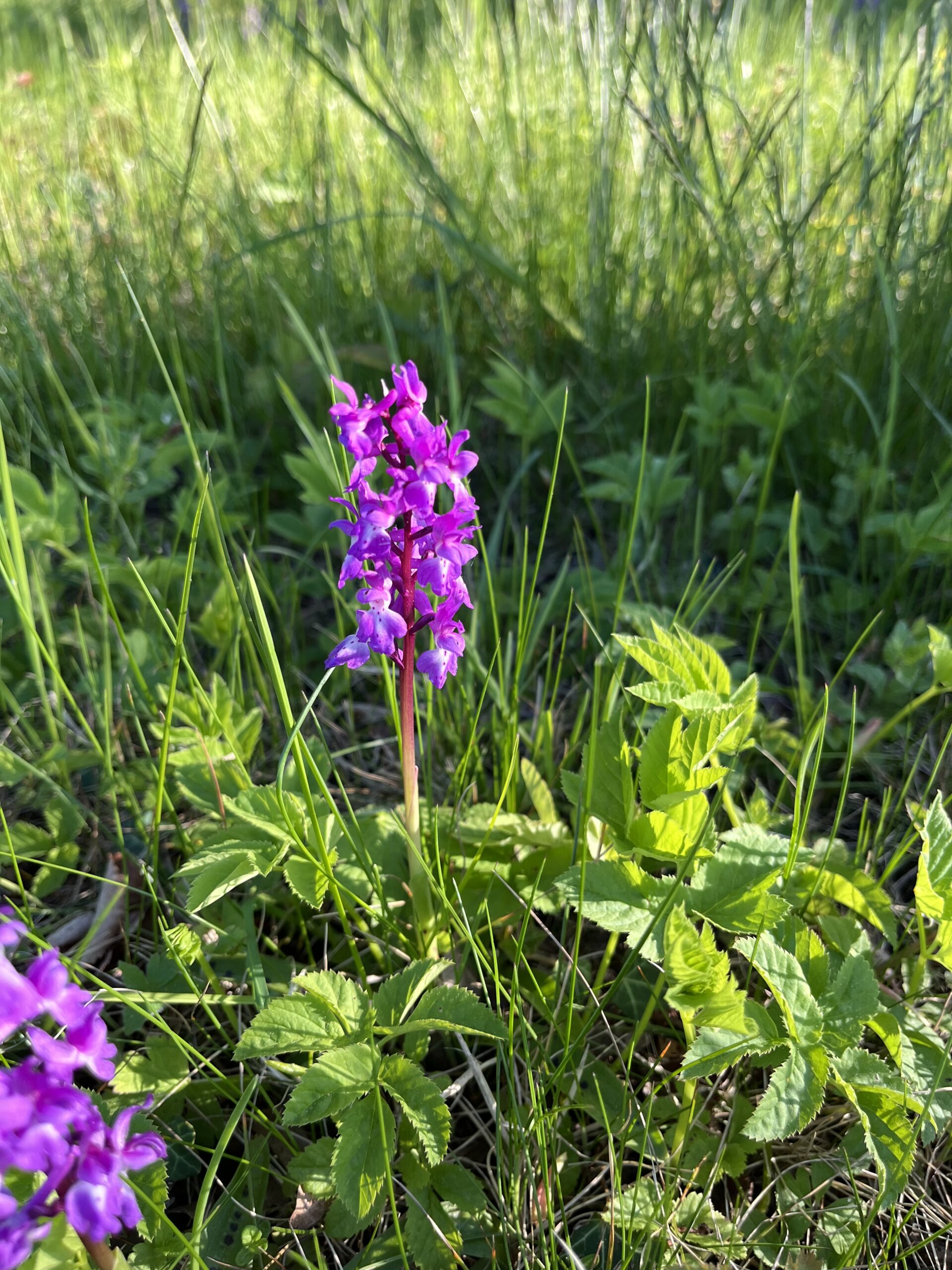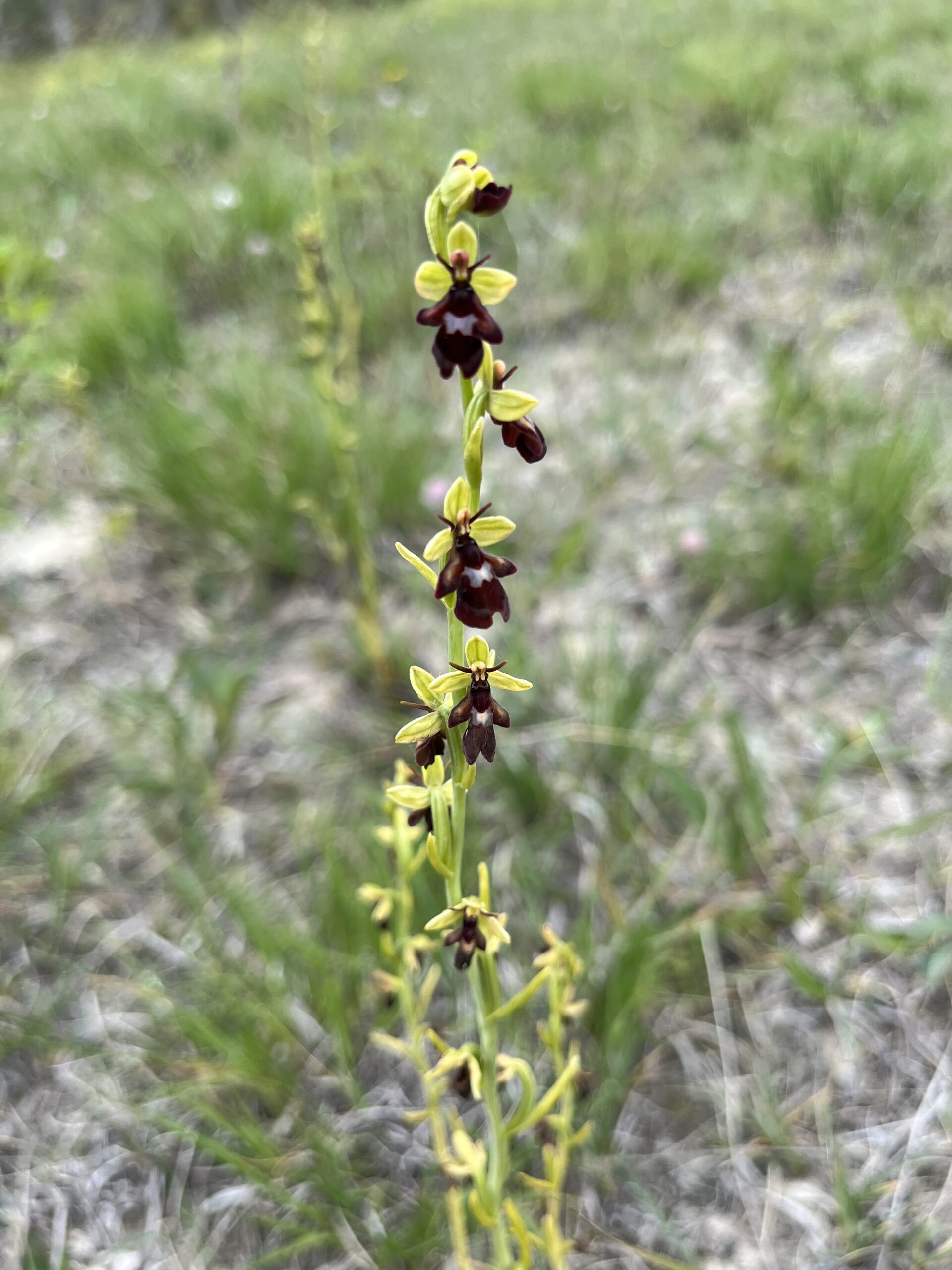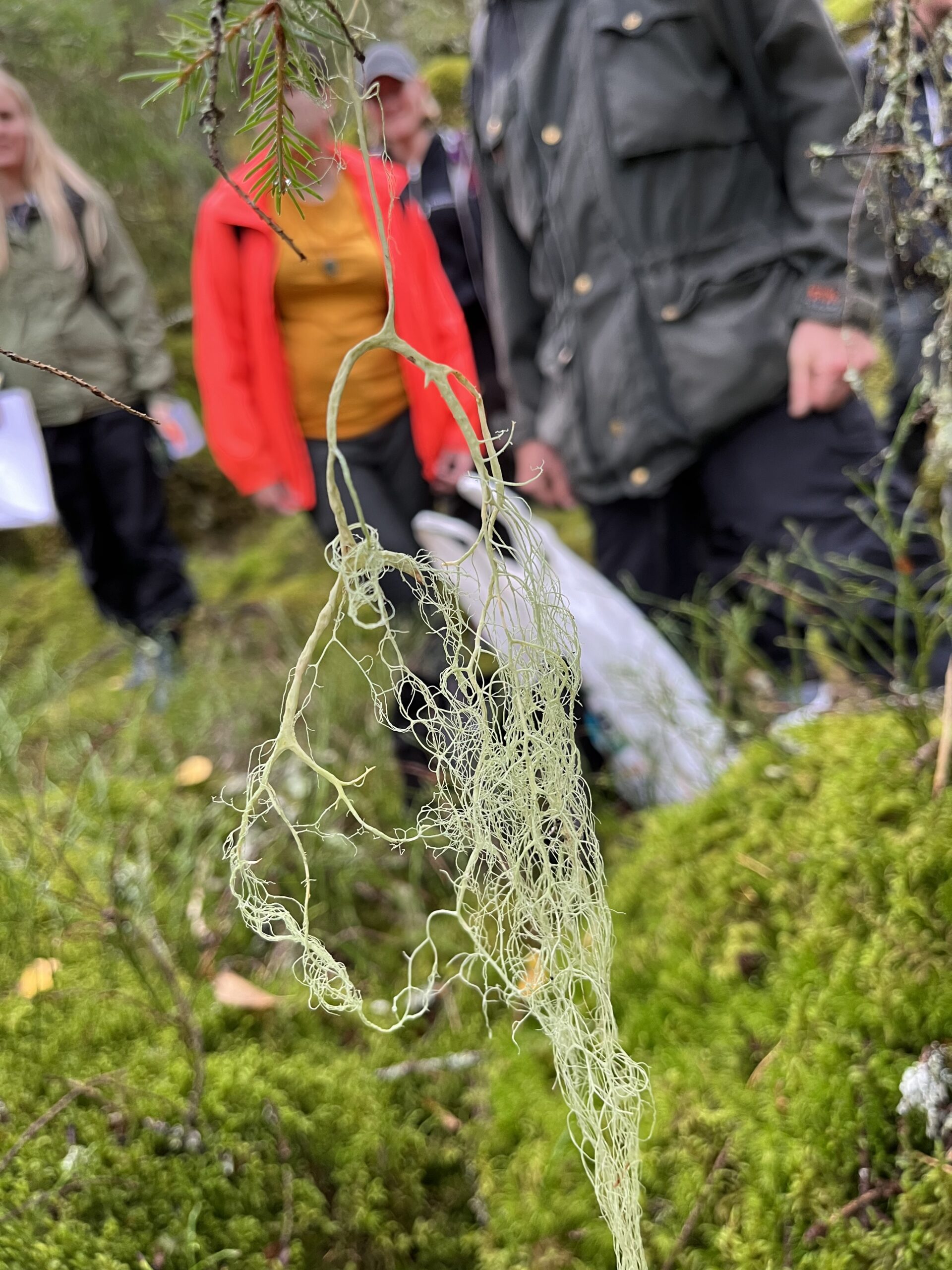News
Study shows nature reserves host far richer beetle biodiversity than production forests
A new study comparing spruce-dominated forests in southern Sweden shows that production forests contain significantly less deadwood and lower diversity of saproxylic beetles — especially red-listed species — than nearby nature reserves. Deadwood is a key forest structure that many species depend on, yet it is much less common in forests managed for timber.
Researchers sampled deadwood and beetles in forest stands representing different stages of the forestry cycle. In total, they identified 478 species and about 71,000 individual beetles. The highest biodiversity was found in both new and old nature reserves, as well as in 65–85-year-old production forests. Young and middle-aged production forests (15–25 and 35–45 years old) had the lowest species numbers, and the chance of finding red-listed or indicator species was significantly lower in all production forests except the oldest ones.
These findings highlight the importance of deadwood and varied forest structure for maintaining biodiversity. The study emphasizes that enhanced conservation actions are needed in production forests to support species that rely on natural forest conditions.
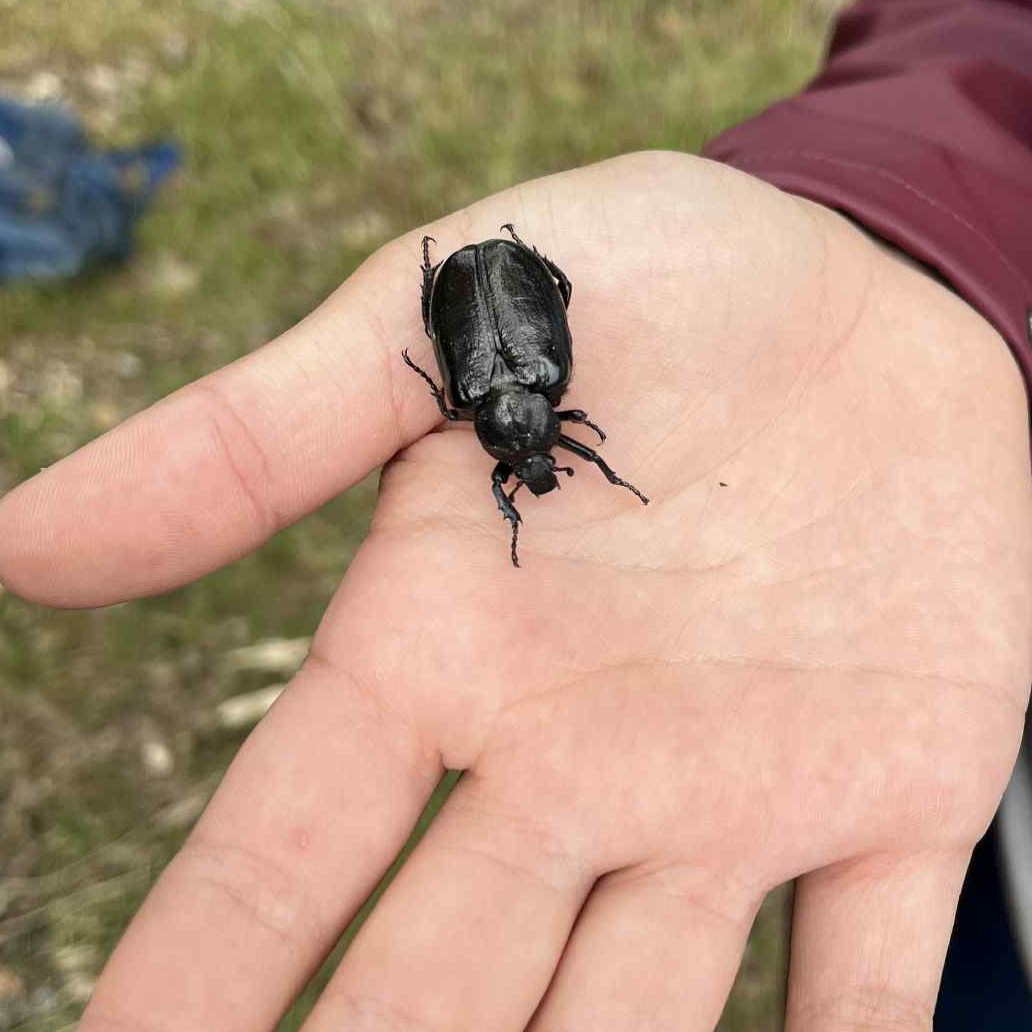
Bergman, KO., Petersen, R., Johansson, V. et al. From clear-cuts to nature reserves: saproxylic beetle diversity and deadwood availability in Norway spruce (Picea abies L.) stands in southern Sweden. Annals of Forest Science 82, 37 (2025). https://doi.org/10.1186/s13595-025-01307-5
Taxonomic workshop on Hymenoptera and Diptera completed at Station Linné
The Department of Physics, Chemistry and Biology at Linköping University successfully conducted a four-day residential taxonomic workshop at Station Linné, focusing on modern techniques for species determination of Hymenoptera (wasps) and Diptera (flies). This intensive course formed part of the Oak Project’s capacity-building initiative to strengthen Swedish taxonomic expertise.
Senior taxonomic experts and ten biology students from Linköping University and other institutions worked collaboratively on lesser-known families of Hymenoptera and Diptera collected during 2024–2025 in southeastern Sweden’s deciduous forests, with particular emphasis on oak-dominated habitats. Participants received practical training in morphological identification, DNA extraction procedures, and bioinformatic analysis methods whilst establishing a sustainable junior–senior taxonomic network.
The workshop was funded by Svenska artprojektet (Swedish Species Project) through SLU Artdatabanken as part of a 455,000 SEK grant programme supporting seven organisations. This funding scheme specifically targets networking activities that enhance taxonomic knowledge in Sweden, with emphasis on facilitating knowledge exchange between early-career and senior taxonomic specialists, particularly for less well-studied organism groups.
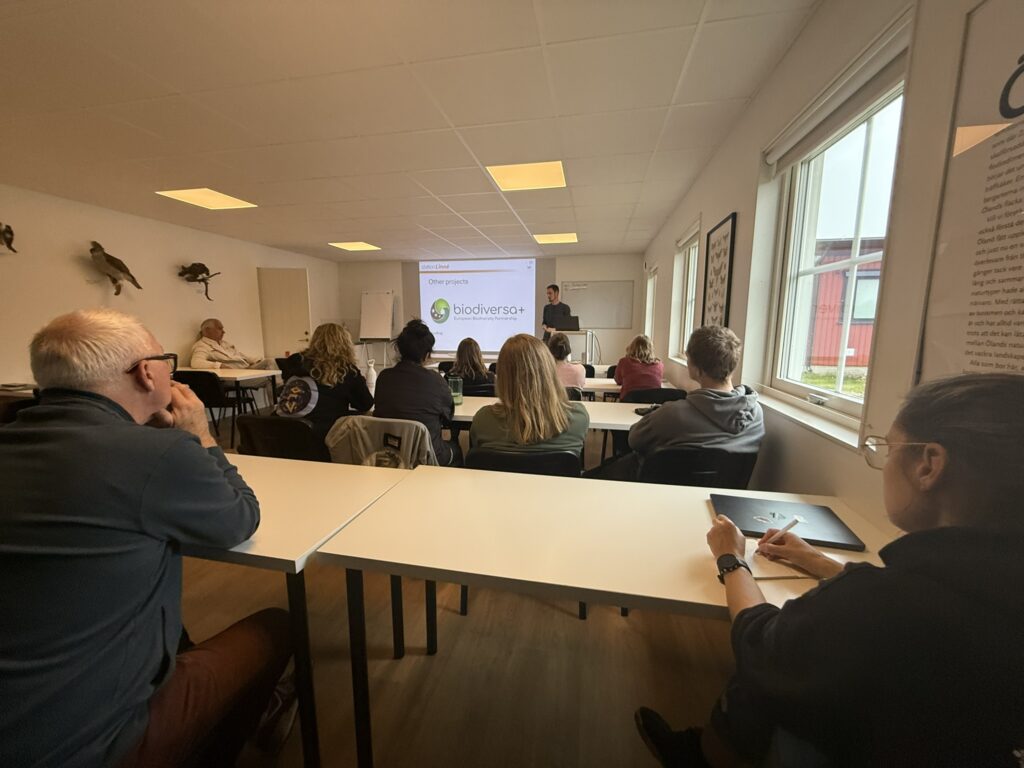
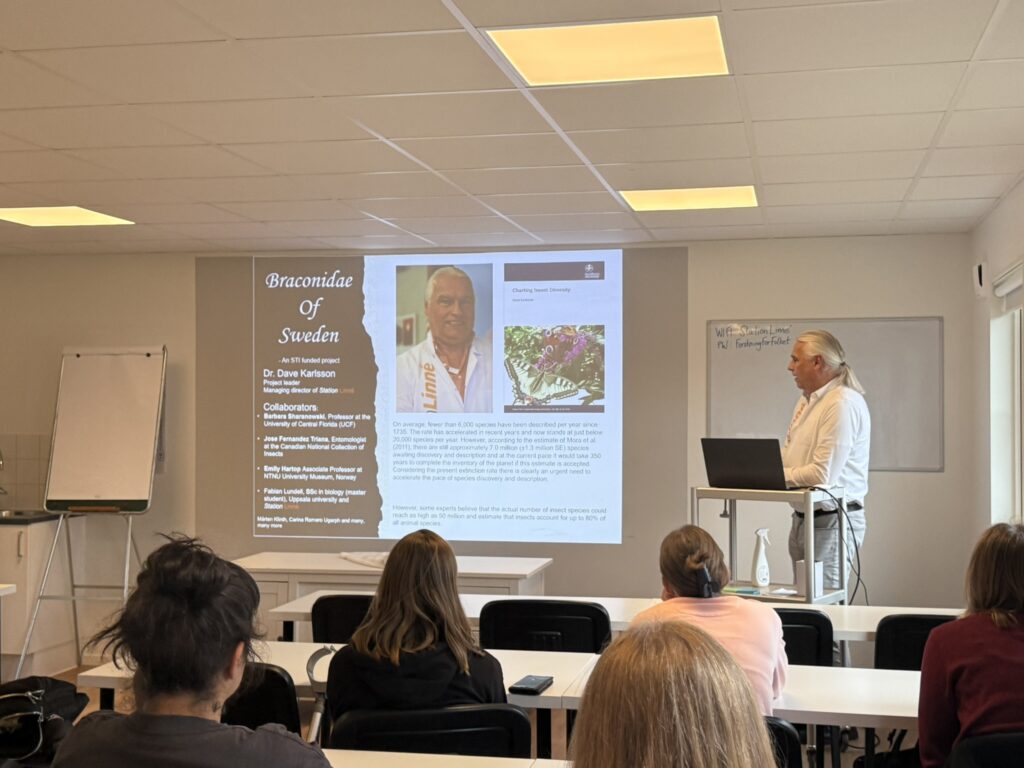
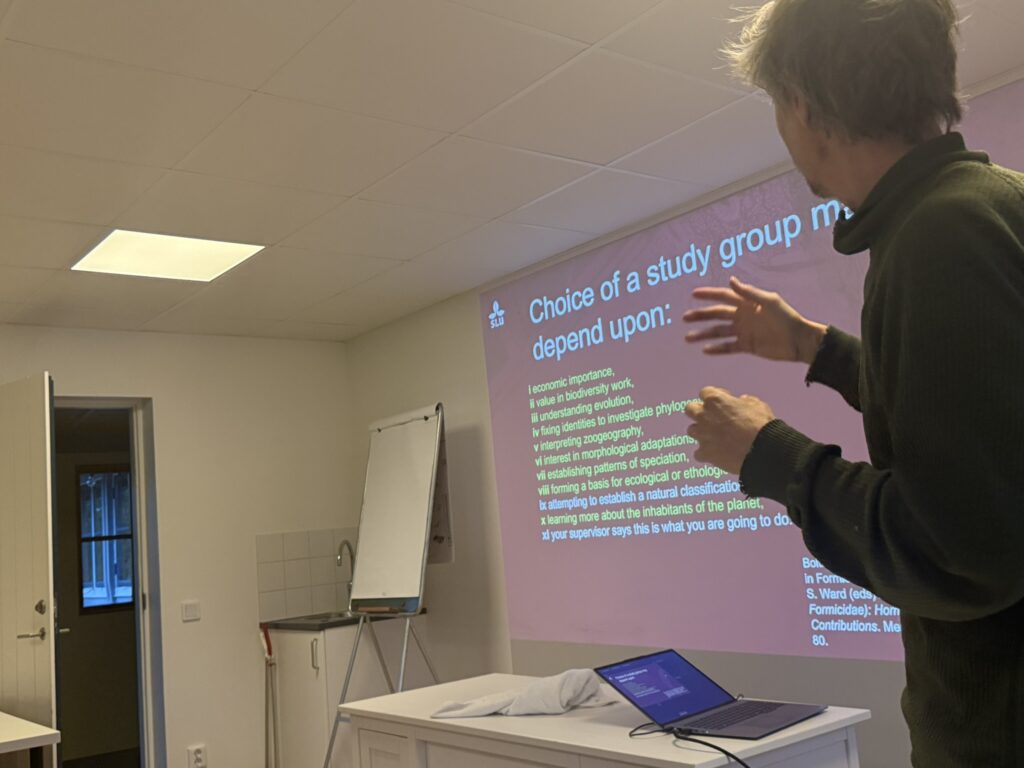
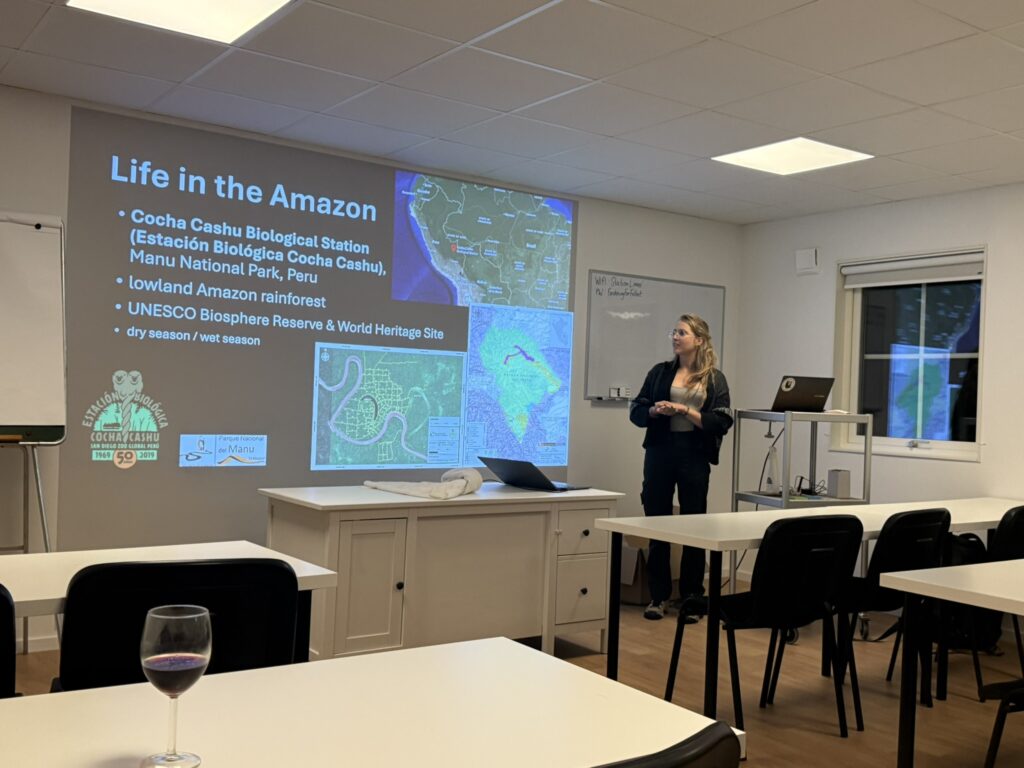
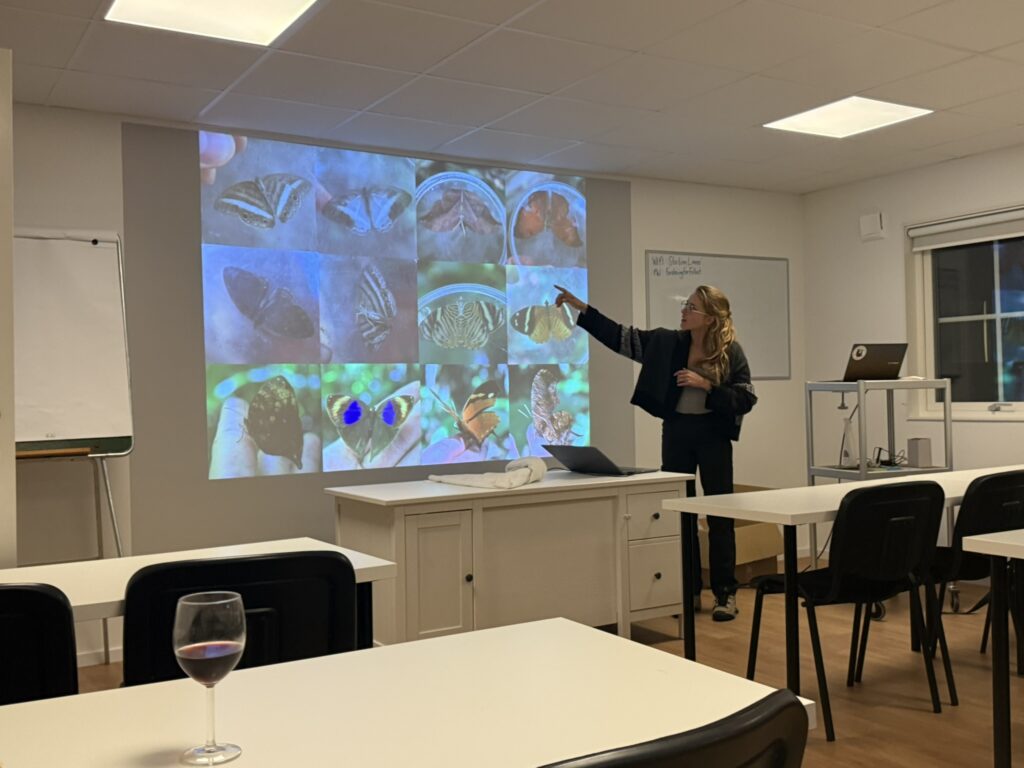
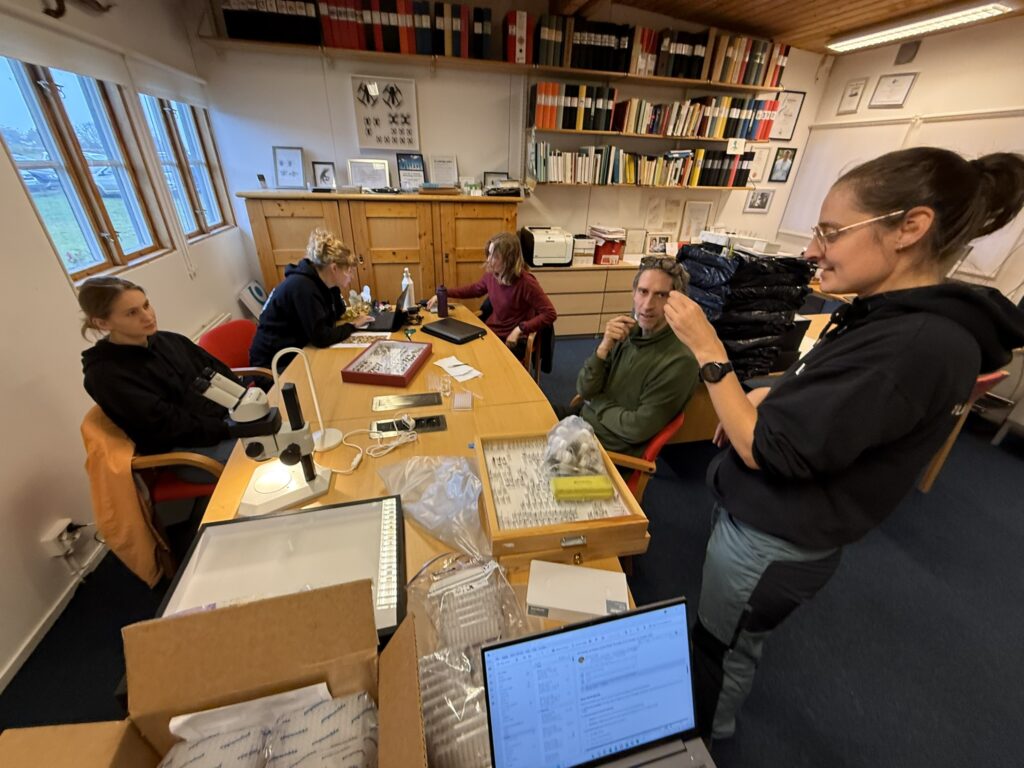

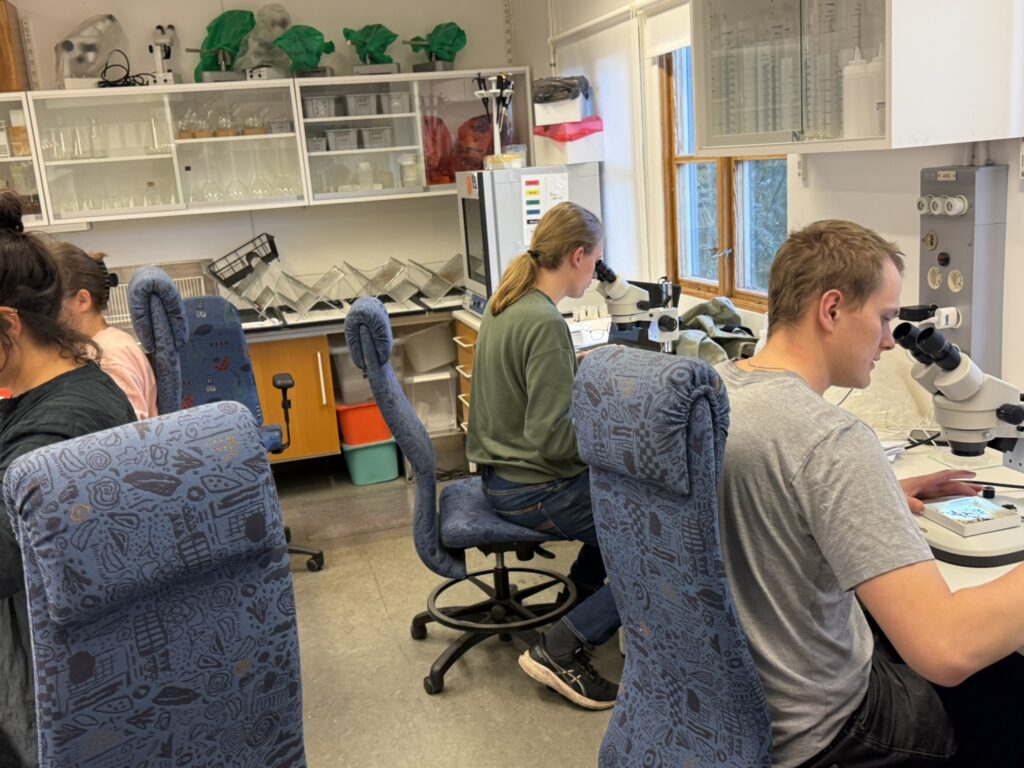
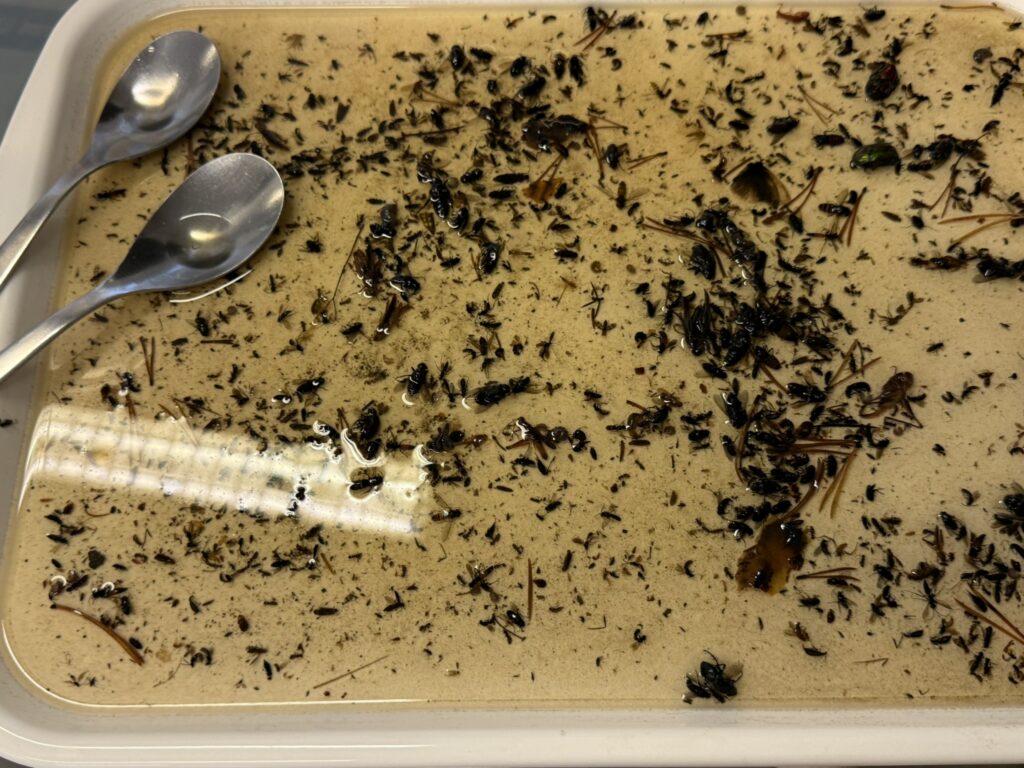
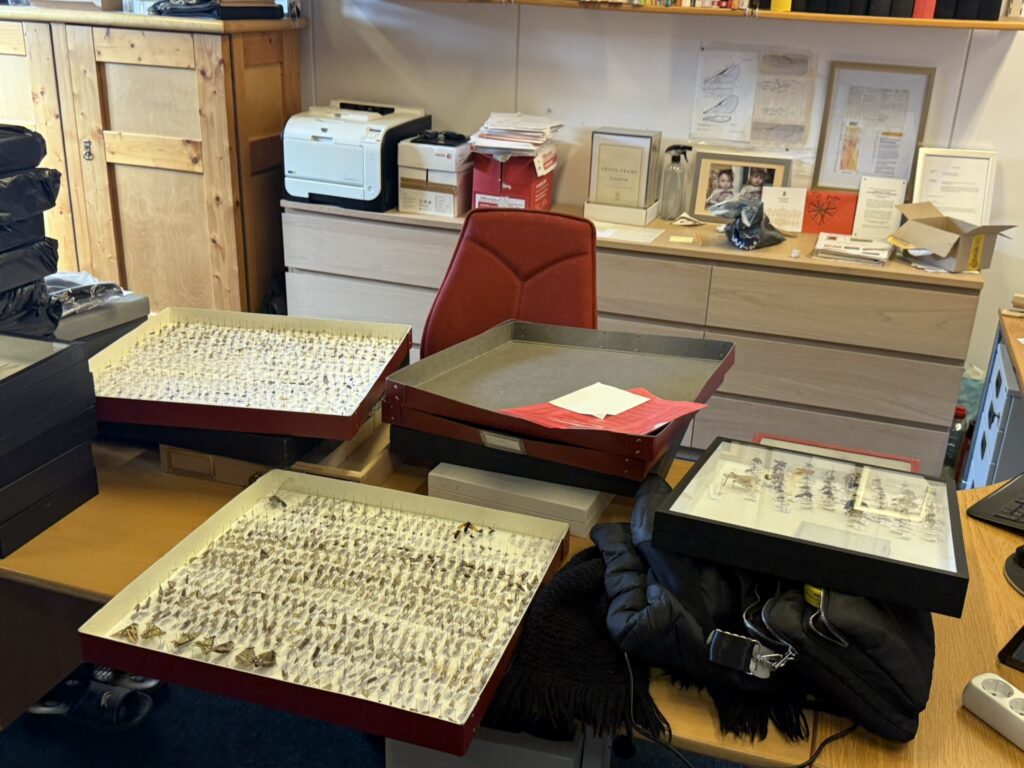
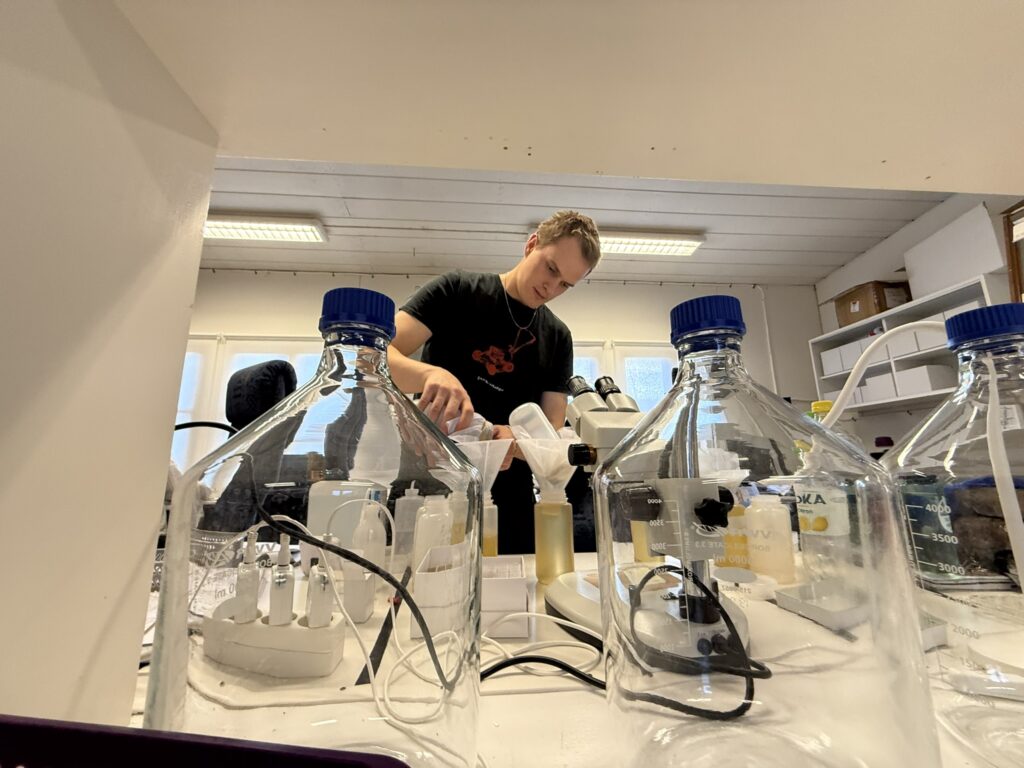
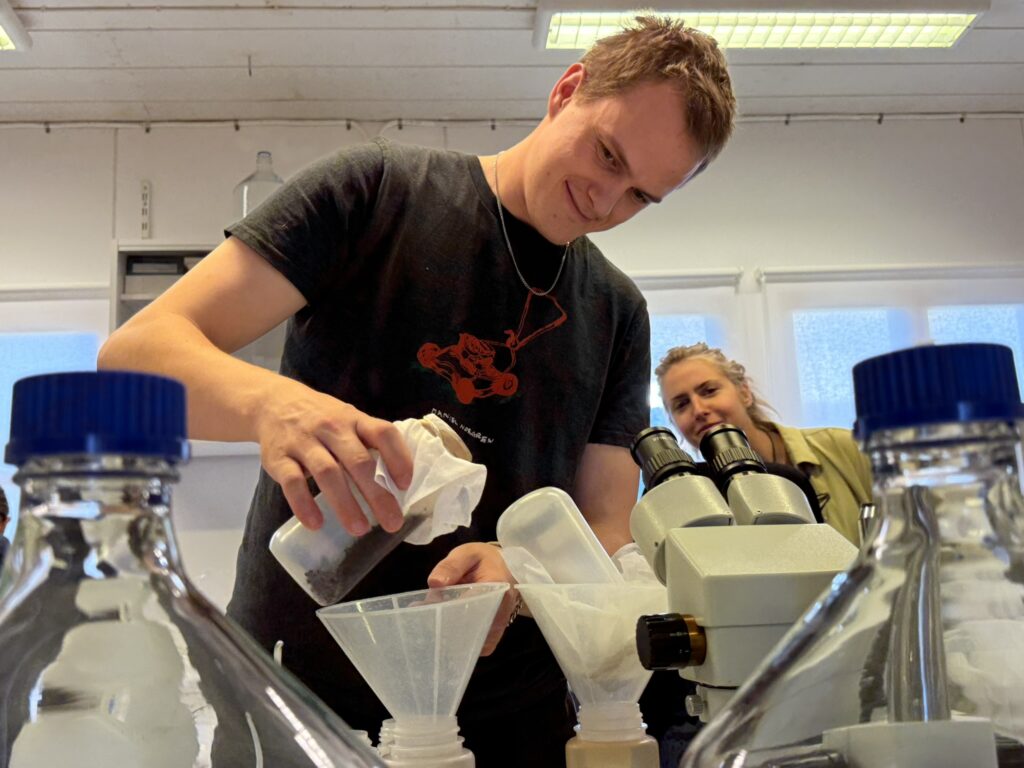

This workshop contributes to long-term monitoring and taxonomic capacity development within Swedish forest ecosystems, supporting both fundamental biodiversity research and conservation priorities.
Supporting biodiversity by occasionally abstaining from weed control
The paper Supporting biodiversity by occasionally abstaining weed control? explores whether skipping herbicide use in arable fields for a single year could benefit biodiversity, particularly pollinating insects.
Based on nearly 2,000 Swedish field experiments conducted in cereal crops between 1969 and 1994, the study compared weed growth in untreated and chemically treated plots. About half of the weed biomass consisted of species that provide nectar and pollen for pollinators. The results show that refraining from weed control in one season leads to a significant increase in total weed biomass — typically about tenfold — with roughly equal increases among pollinator-friendly and non-pollinator species.
The effect was slightly larger in autumn-sown crops than in spring-sown ones, and fields with a naturally low abundance of weeds showed the most manageable biomass increases. Variables such as soil type, crop species, and region had relatively small influence on the results.
The authors suggest that a “single-year no-treatment strategy” could be an inexpensive and practical environmental mitigation measure in fields with low weed levels, helping to provide floral resources for pollinators without causing long-term weed problems. Further studies are needed to evaluate pollinator visitation and potential management effects in subsequent years.
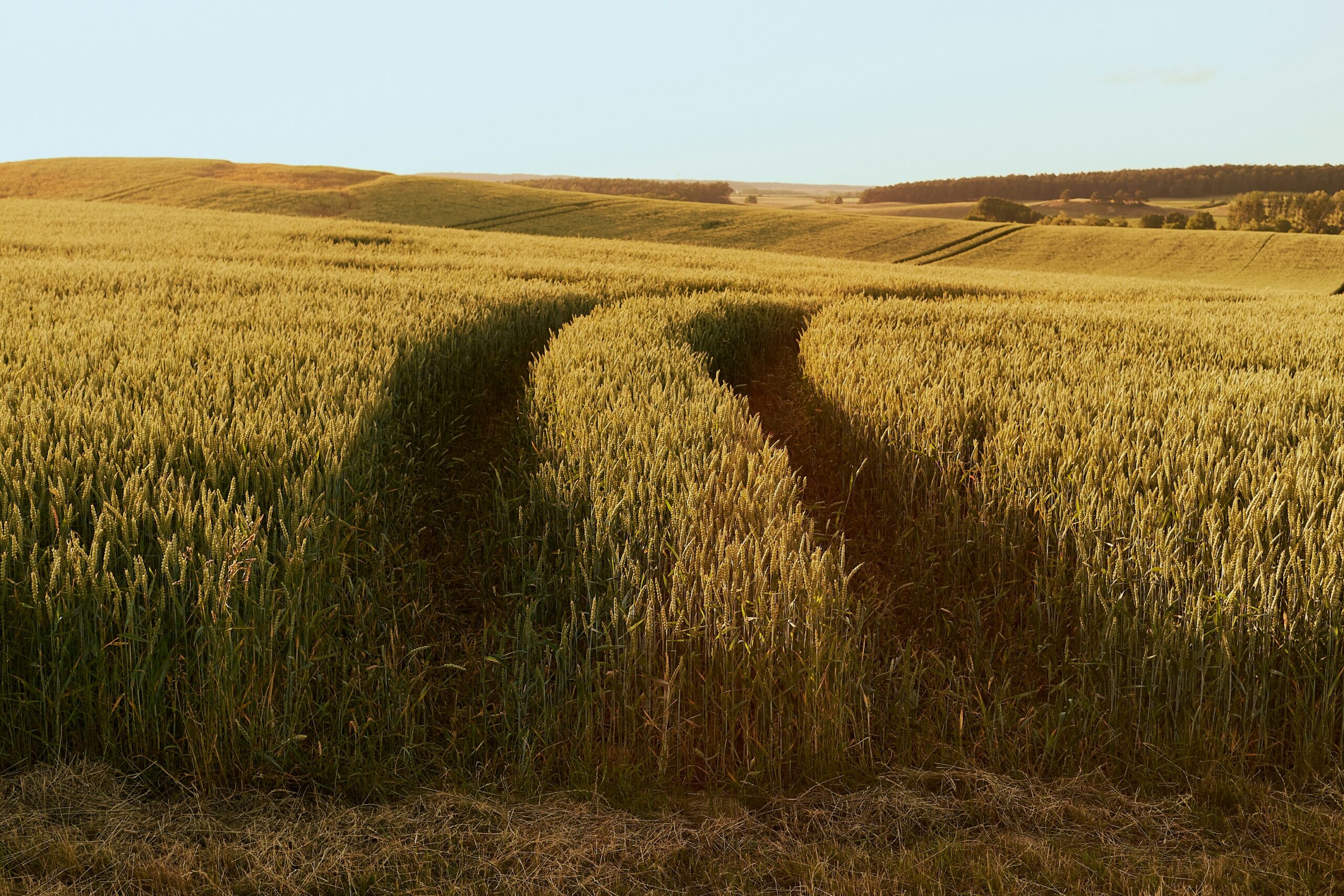
Milberg, P., & Westerberg, L. (2025). Supporting biodiversity by occasionally abstaining weed control? Acta Agriculturae Scandinavica, Section B — Soil & Plant Science, 75(1), 2548216. https://doi.org/10.1080/09064710.2025.2548216
How far can threatened butterflies move?
The paper Distance of movement in three threatened butterfly species investigates movement distances in three threatened butterflies: Euphydryas aurinia (marsh fritillary), Parnassius apollo (Apollo), and Phengaris arion (large blue).
More than 9,600 individual observations collected over eight years on the island of Gotland were analysed to quantify how far these species move within and between suitable habitats. The study shows that while most individuals remain within a few hundred meters of their emergence site, some butterflies travel several kilometres, demonstrating that rare long-distance dispersal events play an important role in maintaining genetic connectivity between populations.
The results highlight clear differences between species. E. aurinia exhibited the shortest movement distances, P. apollo the longest, and P. arion an intermediate pattern. Movement was typically concentrated within resource-rich areas, with occasional longer, directed flights to new habitats.
These findings provide essential insights for the conservation of threatened butterflies. To sustain viable populations, habitat patches need to be located within dispersal range—typically a few kilometres—for most individuals. For more sedentary species, establishing ecological corridors or stepping-stone habitats may be necessary to maintain landscape connectivity.
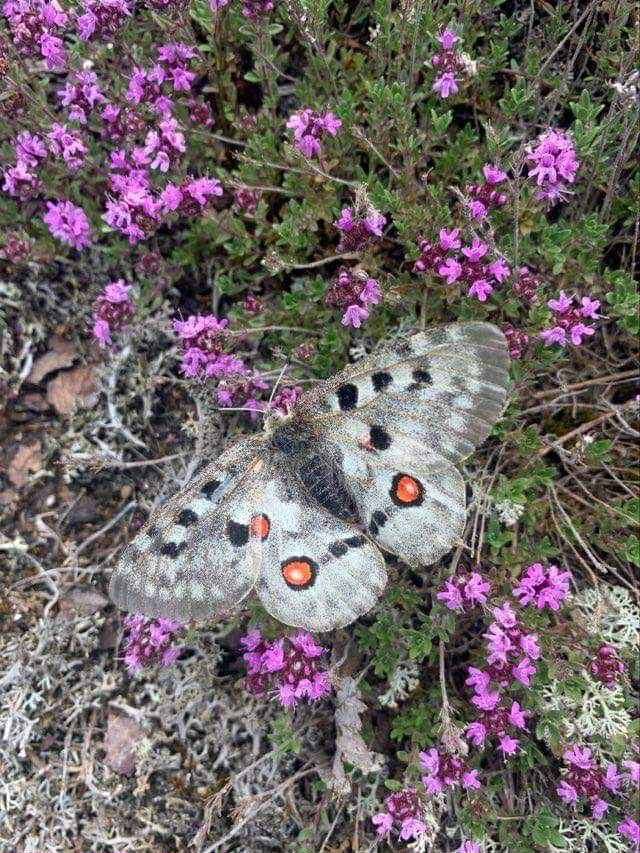
Franzén, M., Forsman, A., Kindvall, O., & Johansson, V. (2025). Distance of movement in three threatened butterfly species. Ecological Entomology, 50(1), 1–11. https://doi.org/10.1111/een.70027
Indicator value of the orchid Goodyera repens
A new study published in the Scandinavian Journal of Forest Research explores whether the vulnerable orchid Goodyera repens can serve as a reliable indicator of forests with high conservation potential.
The research evaluated 80 conifer-dominated stands in Östergötland, Sweden. The study compared stands containing G. repens with similar-aged old stands and randomly selected stands of varying ages.
Findings revealed that forests hosting G. repens contained significantly more species of conservation concern, greater volumes of dead wood, and higher habitat heterogeneity. While G. repens proved useful for identifying valuable forest patches at smaller scales (plot level), habitat heterogeneity and stand age were stronger predictors of overall biodiversity.
The authors conclude that while the orchid remains an important conservation tool—especially given its legal protection in Sweden—forest biodiversity assessments are most effective when species-based indicators are combined with direct habitat measurements.
This work contributes vital evidence to the ongoing debate about conservation strategies in boreal forest landscapes and the role of indicator species in sustainable forest management.

Johansson, V., Erbs, C., & Bergman, K.-O. (2025). The indicator value of a debated orchid: can Goodyera repens predict forests of high conservation potential? Scandinavian Journal of Forest Research, 40(5–6), 273–281. https://doi.org/10.1080/02827581.2025.253041
Gotland field project: record numbers of threatened butterflies
Our MSc students Ronja, Ambra and Hedda have completed an intensive field season on Gotland with remarkable results. They marked over 5,000 large blue (Phengaris arion) and 2,000 marsh fritillaries (Euphydryas aurinia), while also conducting detailed studies of Apollo (Parnassius apollo) larvae and adults.
Highlights include extensive larval movement observations, unusually long flight periods, and the collection of Myrmica ant samples crucial for understanding large blue ecology. The team also gathered a comprehensive dataset of audio recordings, temperature and light measurements, and Malaise trap samples from multiple sites across Gotland.
The scale of this effort will allow robust population estimates and movement analyses, providing unprecedented insights into the ecology of these conservation-priority butterflies. Data analysis is ongoing, and further updates will follow.
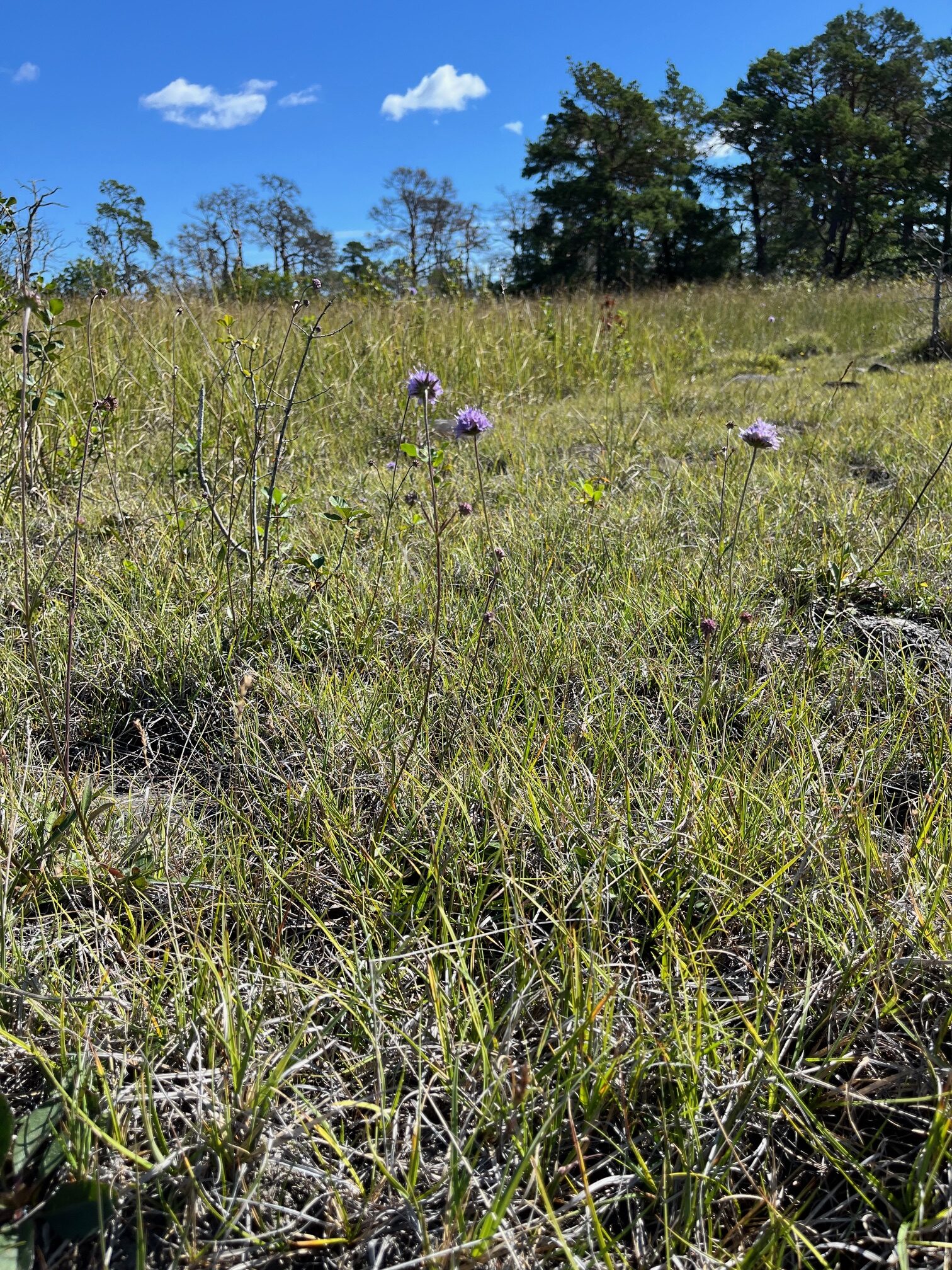
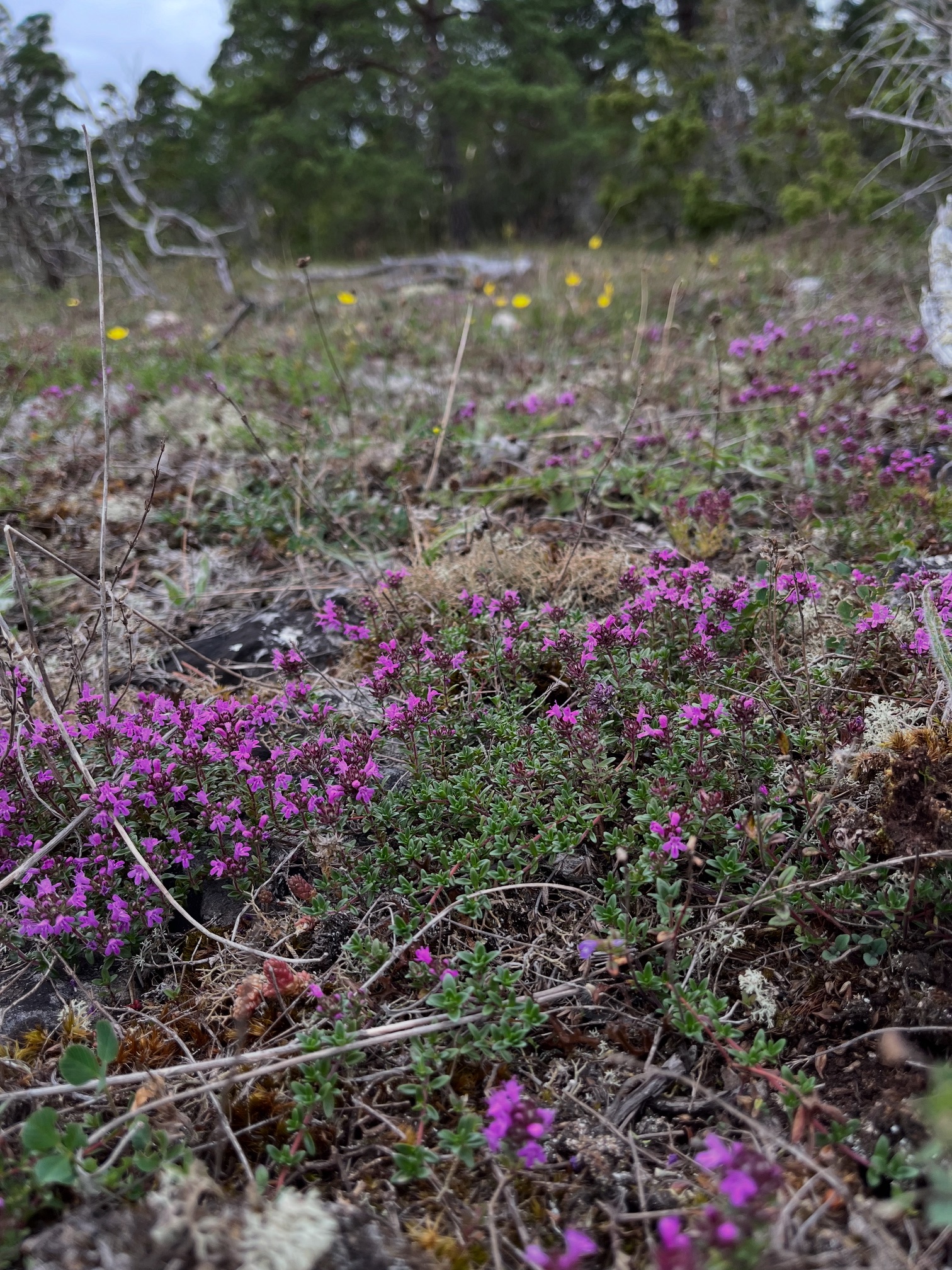
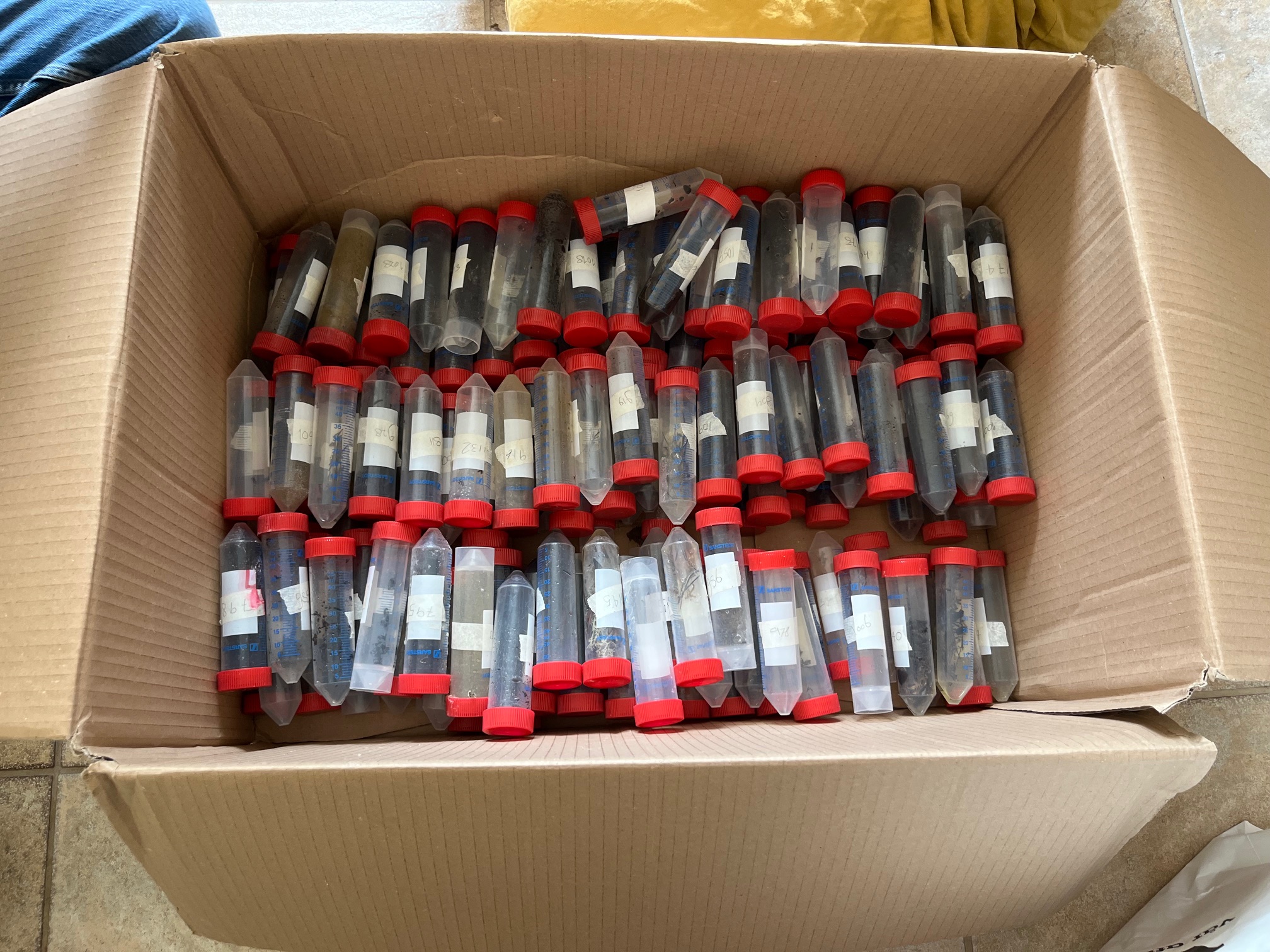

Moth phenology and traits under climate change
A new study published in the Journal of Insect Conservation shows that moths in Sweden are shifting their seasonal activity in complex and trait-dependent ways as the climate warms. By comparing long-term data from 1975 and 2019, researchers analyzed over 15,000 individuals from 96 species and found that spring-active moths tend to emerge earlier, while autumn species often delay their activity. Summer species showed no consistent trend.
The study also found that species traits strongly influenced these shifts. Moths that overwinter as pupae, have larger body sizes, or can feed as adults were more likely to advance their activity. In contrast, species with highly variable color patterns showed weaker changes in timing.
These findings highlight that not all insects are equally able to adapt to climate change — and that conservation efforts should consider the specific life-history traits that influence vulnerability.
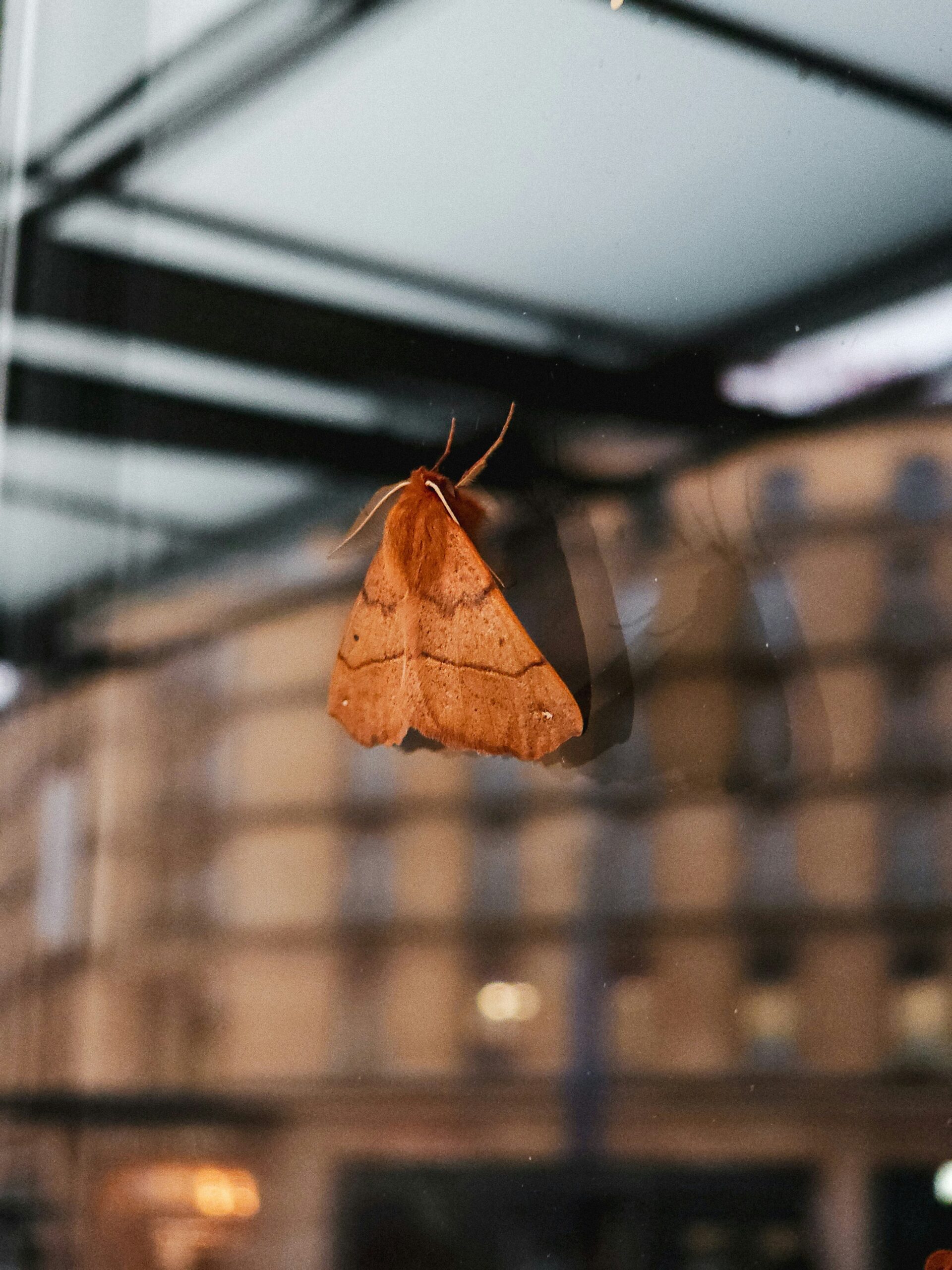
Franzén, M., Francioli, Y., Sjöberg, G., & Forsman, A. (2025). Trait-mediated phenological shifts in moths under climate change: evidence for alternative response strategies. Journal of Insect Conservation, 29, 62. https://doi.org/10.1007/s10841-025-00697-1
Long-term butterfly study reveals key to saving a disappearing species
This study investigates the declining population of the threatened woodland brown butterfly (Lopinga achine) in Sweden, a species reliant on semi-open woodland habitats. Researchers conducted a 20-year analysis, combining habitat quality assessments with population surveys and metapopulation modeling, to understand the impact of land-use changes and management practices. Their findings reveal that while the butterfly thrives in ungrazed patches with approximately 70% tree and shrub cover, both intensive grazing and the complete absence of management (leading to forest overgrowth) severely reduce population numbers. The study concludes that strategic management, specifically selective clearing of overgrown areas every decade, is crucial for stabilizing the metapopulation and ensuring the long-term persistence of this species and other semi-open woodland specialists.

Johansson, V., Franzén, M., & Bergman, K.-O. (2025). A 20-year study of a threatened butterfly: The importance of management across space and time for long-term persistence in dynamic landscapes. Biological Conservation, 310, 111367. https://doi.org/10.1016/j.biocon.2025.111367
Study highlights the vital role of continuity forests for biodiversity in boreal landscapes
New study shows that remnant forests with long-term continuity—those that have never been clearcut—play a critical role in sustaining biodiversity in Sweden’s boreal production forest landscapes.
The study examined over 900 spruce trees across 16 forest areas in northern Sweden, analyzing the presence of 164 species of epiphytic lichens. It found that even-aged production forests (younger than 80 years) hosted significantly more species, including red-listed species, when surrounded by a higher proportion of continuity forest. In contrast, older selectively harvested stands (81–120 years) already supported high species richness and were less influenced by nearby continuity forests.
“These forests act as biodiversity reservoirs and dispersal sources for surrounding managed stands,” says lead author Lena Gustafsson. “Their presence increases the richness of sensitive lichen species even in intensively logged areas.”
The findings have direct implications for forest management and conservation. As clearcutting continues to expand across the boreal zone, preserving the remaining continuity forests is vital—not just as biodiversity hotspots, but also as natural allies in supporting species recovery across managed landscapes.

Gustafsson, L., Rudolphi, J., Strengbom, J. and Hallingbäck, T. (2025), Remnant continuity forests are essential for sustaining epiphytic biodiversity in boreal production forest landscapes. Journal of Applied Ecology. https://doi.org/10.1111/1365-2664.70090
Caddisfly flights in the midnight sun
This fresh published study explores how light traps perform under the extreme daylight conditions north of the Arctic Circle. Over seven years (1970–1976), more than 65,000 caddisflies (Trichoptera) were caught in light traps around Abisko in northern Sweden. Remarkably, the species Apatania stigmatella dominated the catch, making up over 90% of all individuals – especially in open, dry birch forest.
Despite the challenges of the bright Arctic summer nights, the study shows that light traps can still be effective, particularly later in the season when nights are darker. The results also reveal that different habitats and light sources strongly influenced which species were caught.
The findings are a valuable contribution to insect monitoring in northern environments – especially as we face accelerating changes in climate and biodiversity.
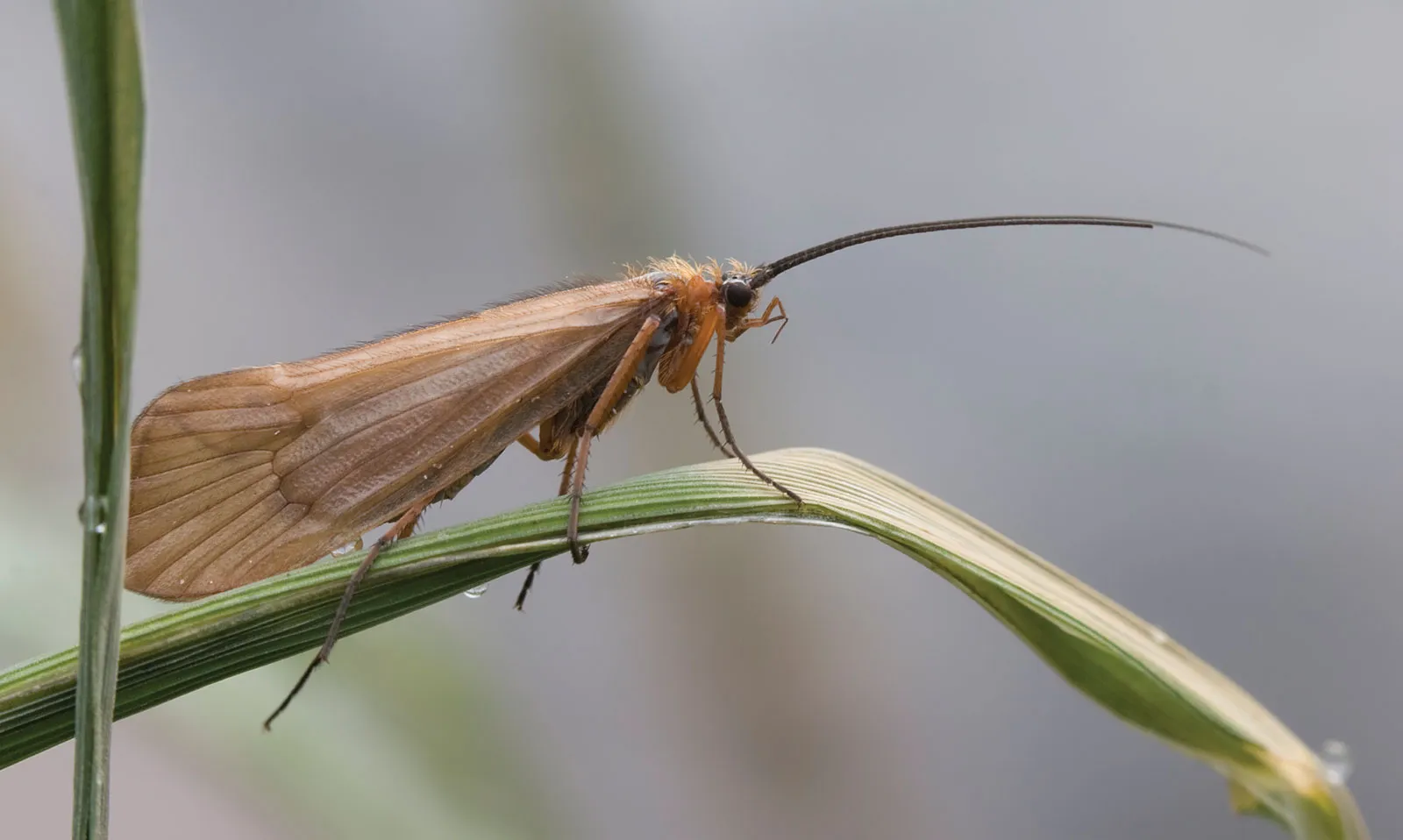
Göthberg, A. and Milberg, P. (2025), Flight of Trichoptera (caddisflies) north of the Arctic Circle: Seven years light-trapping in alpine Scandinavian birch forest. Aquatic Insects. https://doi.org/10.1080/01650424.2025.2505720
Poster presentation and thesis conclusion of the master students!
This month the second year master students presented their thesis and posters with success! Check out the pictures and we wish congratulations to all!
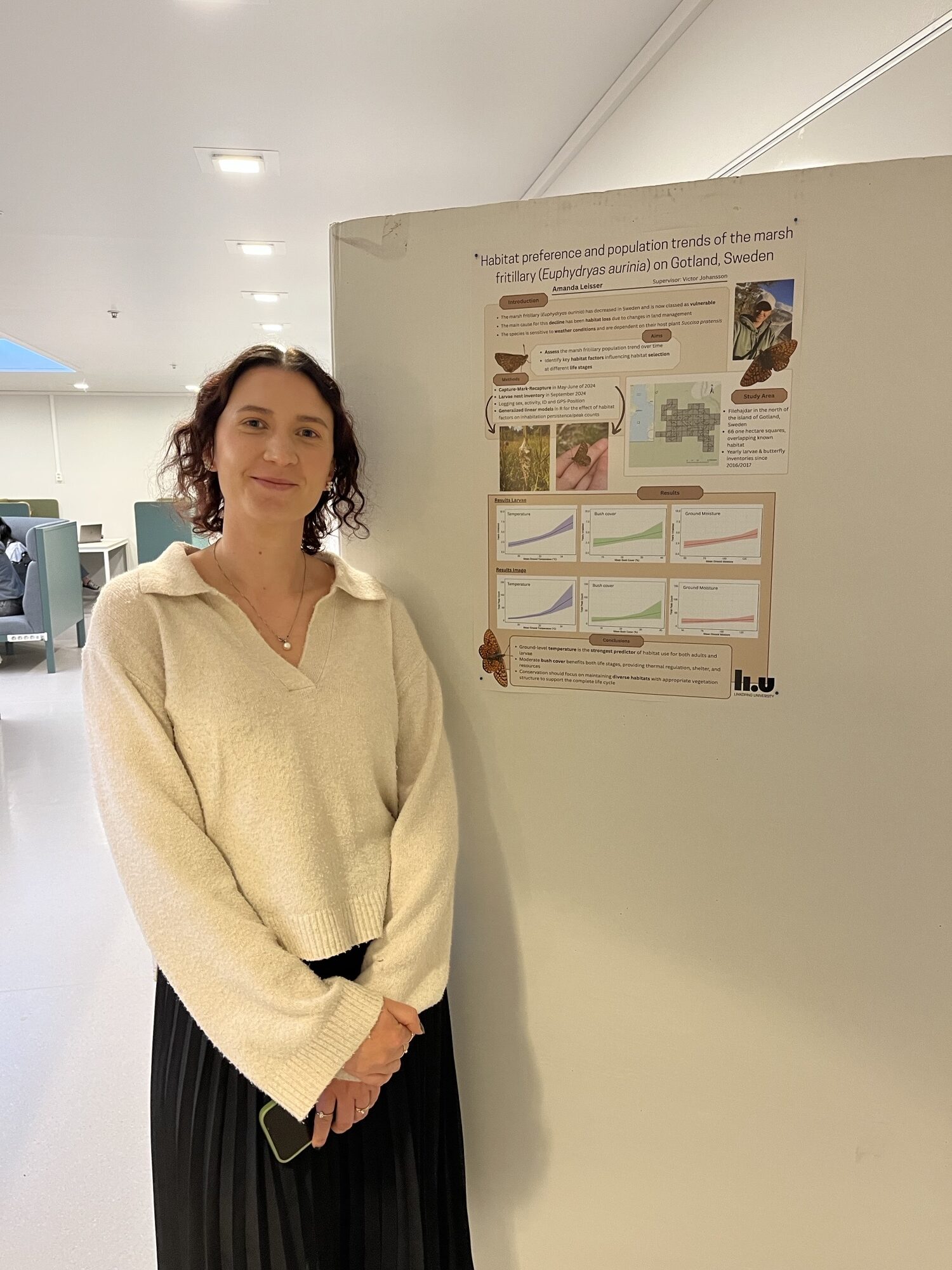
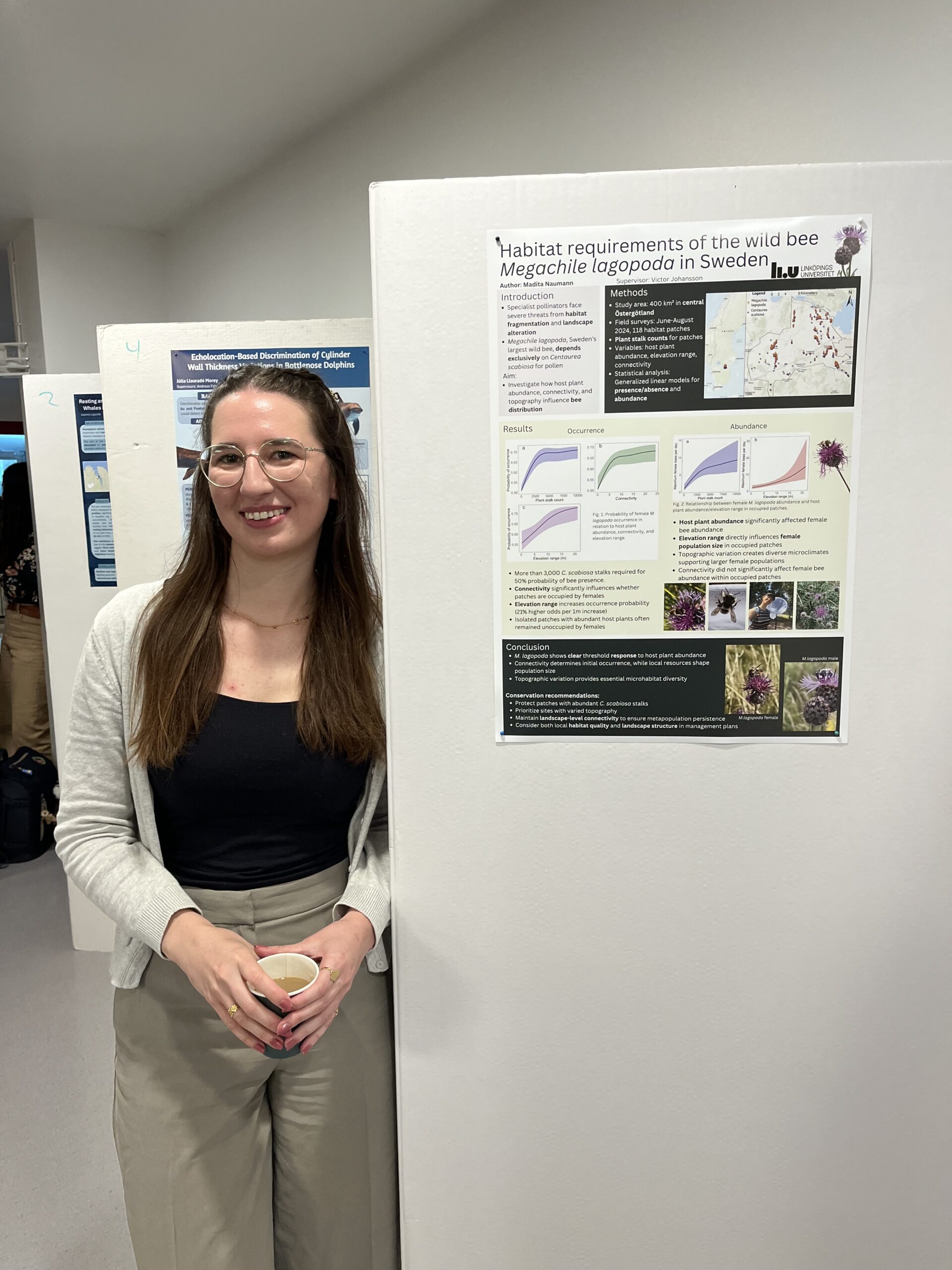
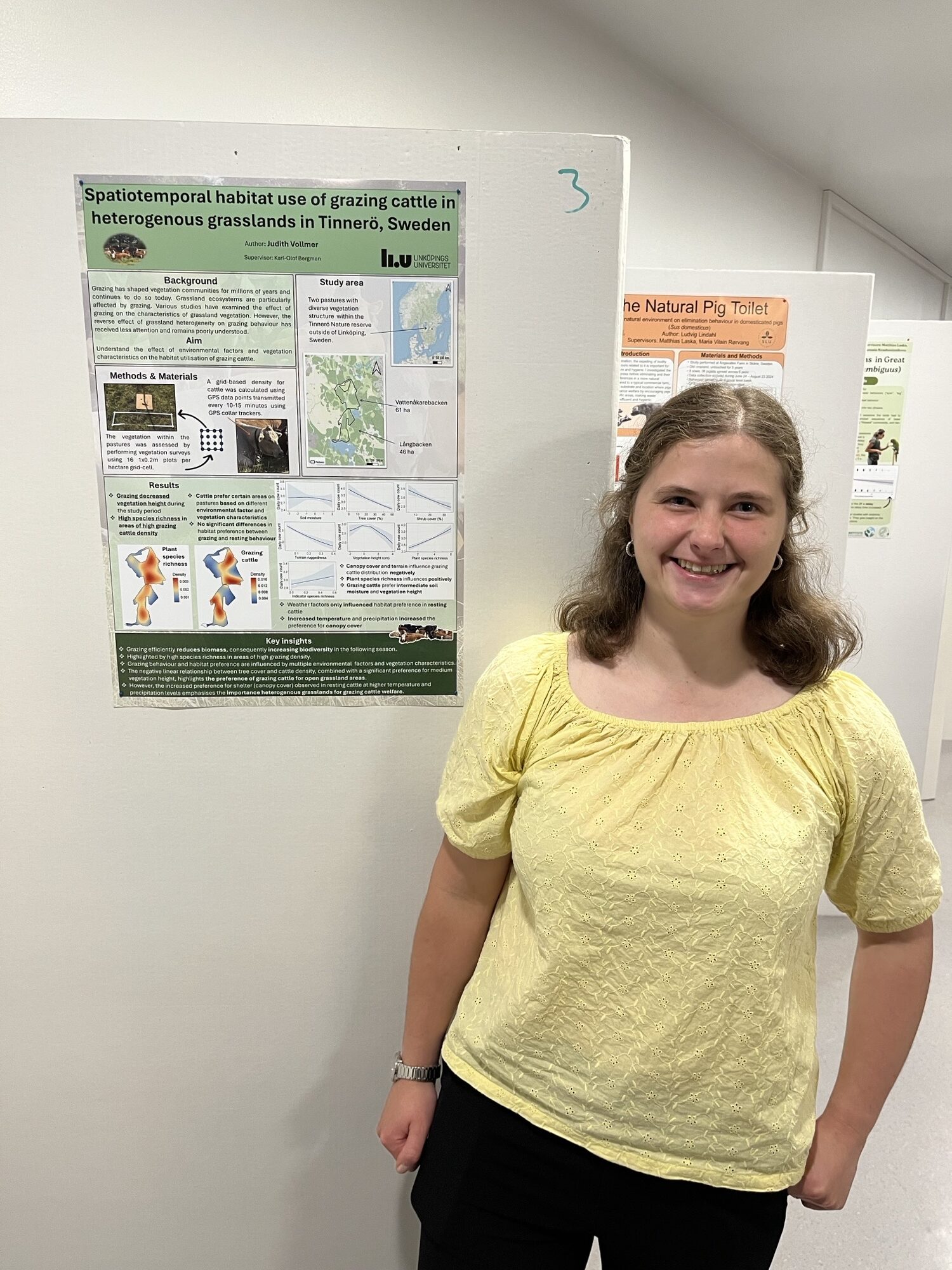
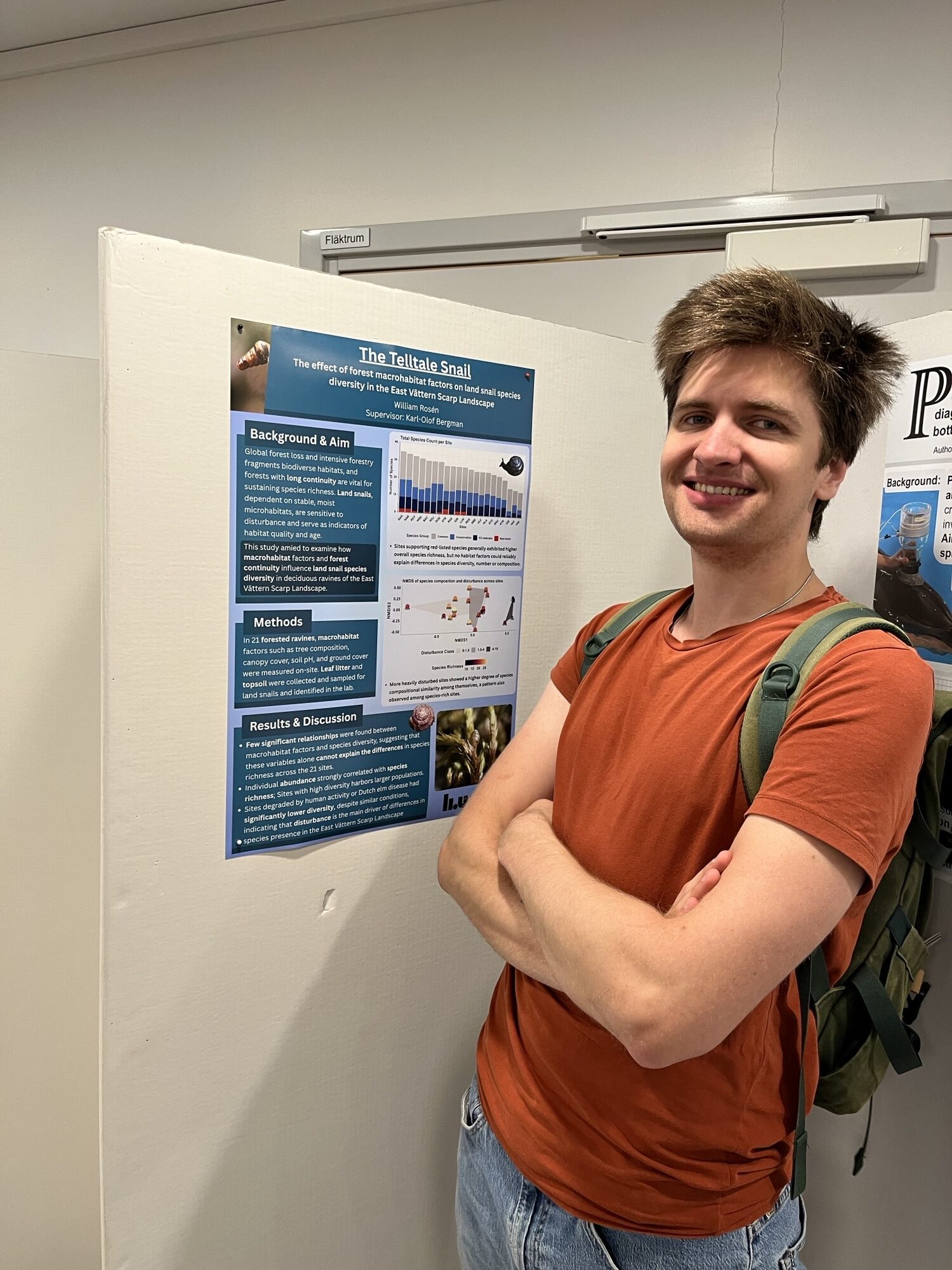

Oak fermentative yeast diversity and climate effects
This research paper explores the diversity and distribution of fermentative yeasts found on oak trees in southern Sweden, which represents the northern limit of their oak hosts’ range. Using DNA metabarcoding of bark samples, the study identified three main yeast genera, Saccharomyces, Kluyveromyces, and Pichia, with their abundance and distribution influenced by latitude and longitude, as well as temperature and precipitation. Additionally, the researchers discovered that older oak trees tend to host more diverse and balanced yeast communities. Laboratory experiments also indicated that temperature affects yeast growth, with different strains showing varying tolerances to cold and warm conditions depending on their origin, suggesting adaptation to local climates.

Pinto, J., Haberkorn, C., Franzén, M., Tack, A.J.M. and Stelkens, R. (2025), Fermentative Yeast Diversity at the Northern Range Limit of Their Oak Tree Hosts. Environmental Microbiology Reports, 17: e70110. https://doi.org/10.1111/1758-2229.70110
Radio telemetry reveals strong dispersal ability in reintroduced Great Capricorn beetles
A new study led by our researchers reveals that reintroduced Great Capricorn beetles (Cerambyx cerdo) in southern Sweden are capable of dispersing over surprisingly large distances. Using radio telemetry, scientists tracked 50 beetles in Tromtö Nature Reserve and found movement ranges up to 822 meters, with no significant differences in dispersal between sexes, body size, or mating status.
Key Findings:
Average movement distance was 153 meters, with a maximum of 822 meters recorded.
No significant effect of sex, body size, or mating status on movement distance or speed.
Results challenge previous assumptions of limited dispersal in C. cerdo, supporting the species’ potential to colonize new habitats.
Conservation Implications:
This research underscores the importance of maintaining habitat connectivity and suggests that conservation strategies for C. cerdo should prioritize large, connected oak-rich areas to support long-term population resilience.

Franzén, M., Jarl, N., Forsman, A., & Hedin, J. 2025. Radio telemetry reveals extensive dispersal capabilities of reintroduced Great Capricorn beetles (Cerambyx cerdo) in oak habitats at their northern range limit. Insect Conservation and Diversity, 1–8. https://doi.org/10.1111/icad.12830
Moth populations show unexpected resilience to extreme drought in Sweden
A new study examining the long-term population dynamics of moths in southeastern Sweden reveals that despite the record-breaking summer drought of 2018, local moth populations remained remarkably stable. The research, which analyzed data spanning nearly two decades (2005–2023) from three different sites, highlights how temperature and precipitation influence population growth in these ecologically important insects.
Findings indicate that higher temperatures were consistently linked to increased moth population growth across all study sites, whereas the effects of precipitation varied between locations. While previous studies have documented severe insect declines following extreme droughts, this research suggests that certain moth species—particularly range-expanding and migratory species—may possess a greater capacity to withstand adverse climatic conditions.
These results emphasize the importance of localized ecological studies to understand how different species respond to climate extremes. The study underscores the need for targeted conservation strategies that consider regional variations in habitat and climate resilience.
Betzholtz, P.-E., Forsman, A., & Franzén, M. (2025). The impacts of climate and the extreme drought in 2018 on population growth in Swedish moth species. Insect Conservation and Diversity, 1(1), 1–9. https://doi.org/10.1111/icad.12817
Study highlights the impact of grazing on the Marsh Fritillary butterfly
A new study on the marsh fritillary butterfly (Euphydryas aurinia) sheds light on the impact of habitat edges and grazing on this threatened species. Conducted on Gotland, Sweden, the study analyzed butterfly flight behavior at the boundary between intensively grazed and ungrazed habitats, providing critical insights into conservation strategies for this species.
Key findings:
- Marsh fritillaries were significantly less likely to cross from ungrazed to grazed areas, suggesting that intensively grazed habitats act as barriers to movement.
- Host plant abundance (Succisa pratensis) was a key factor influencing small-scale habitat use, with butterflies showing a strong preference for areas with higher host plant density.
- Nectar plant abundance and distance from grazed edges had a lesser impact on habitat utilization.
- Intensive grazing reduces habitat connectivity, potentially isolating populations and making long-term survival more difficult.
Conservation implications:
The study underscores the need for low-intensity grazing management to maintain suitable habitats for the marsh fritillary and other grassland butterfly species. By preserving well-connected, ungrazed grasslands, conservation efforts can help mitigate the negative effects of habitat fragmentation and ensure the persistence of butterfly populations

Johansson, V., Ström, P., Bergman, K.-O., & Franzén, M. (2025). Flight behaviour of a threatened butterfly at edges between high- and low-quality habitat. Journal of Insect Conservation, 29(1), Article 14. https://doi.org/10.1007/s10841-025-00649-9
Supporting pollinators through weeds in arable fields
A new study highlights the surprising value of weeds in agricultural fields as a critical resource for pollinators like bees and hoverflies. Conducted in Östergötland, Sweden, the research reveals that these often-overlooked plants provide essential floral resources, particularly in organic farming systems.
By sampling weeds and pollinators across 30 fields, the study found that organic fields significantly outperformed conventional ones in supporting pollinator-friendly weeds and fostering greater pollinator abundance. Notably, the presence of flowering weeds positively correlated with bee and hoverfly populations, showcasing the importance of these plants in maintaining biodiversity within intensively cultivated landscapes.
Over 100 pollinator species were identified, demonstrating the potential of arable fields to serve as critical habitats. The findings suggest that even conventionally farmed land, often regarded as non-habitat, holds value for biodiversity when weed management practices are adjusted.
This research underscores the need to rethink weed management in agriculture, advocating for practices that balance crop production with the conservation of pollinators essential to ecosystem health.

Milberg, P., Bergman, K.-O., Björklund, L. & Westerberg, L. (2025). The potential of weeds in arable fields to support
pollinator assemblages. Weed Research, 65:e12673.4. DOI: 10.1111/wre.12673
Biomass growth patterns in Swedish tree species
A new study by researchers from Linnaeus University and collaborators explores the relationships between tree age, latitude, and biomass growth in Sweden’s forests. The findings reveal significant variations in annual biomass increment across species, ages, and latitudes, offering fresh perspectives on forestry management, biodiversity conservation, and climate change mitigation.
Key Findings:
- Trees continue to accumulate biomass at increasing rates with age, even at high latitudes.
- Deciduous species, such as oaks and beeches, show higher age-specific growth rates compared to evergreen species like spruces and pines.
- Biomass increment in spruce and beech has increased over time, potentially due to warming climates and extended growing seasons.
The study utilized dendrochronological methods to analyze over 26,000 tree-ring samples, spanning four species across a latitude range of more than 10°. These findings highlight the resilience and ecological significance of old-growth trees and their essential role in carbon sequestration and biodiversity support.
Implications for conservation and forestry:
This research underscores the importance of preserving old-growth forests to maintain their ecological and carbon storage functions. As climate change reshapes forest dynamics, such insights are crucial for developing adaptive strategies in forestry management and conservation planning.
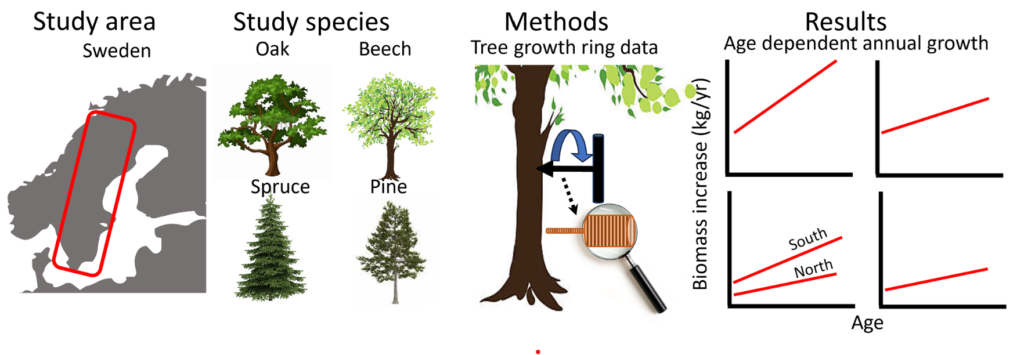
Highlighted by Linnaeus University in a reportage on biodiversity conservation
We are pleased to share that our project has been featured in a recent reportage discussing innovative methods in biodiversity conservation. The article highlights the research on DNA barcoding for rapid and accurate insect identification, showcasing its potential to enhance the preservation of biological diversity.
This citation underscores the growing impact and recognition of our work in the scientific and conservation communities. You can read the full reportage here.
We are proud to contribute to advancing methods that support sustainable ecosystem management and biodiversity protection.

Using pheromone to explore beetle diversity in oak forests
This week, we’re featuring Christoffer, a master’s student with a keen interest in beetles. His research focuses on both longhorn beetles, which play important roles in forest health, and the oak pinhole borer (Platypus cylindrus), a pest species recently found in southern Sweden.
Christoffer has set up pheromone-baited traps spanning northern Skåne to Mälardalen, aiming to uncover any regional differences in beetle populations. By studying the number of species and the abundance of individuals in each area, he hopes to understand how beetle diversity varies across Sweden’s oak forests. After collecting the samples, he brings them to the lab to sort and identify each beetle.
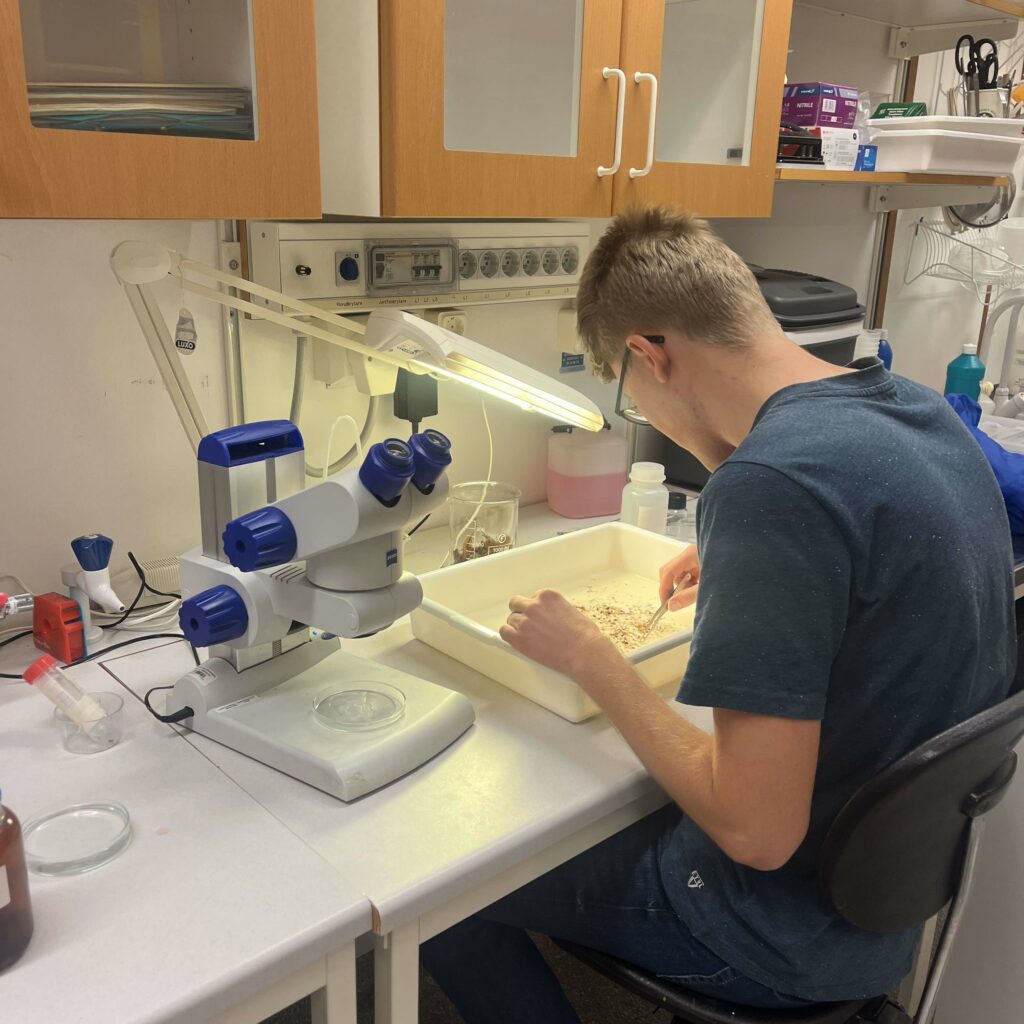
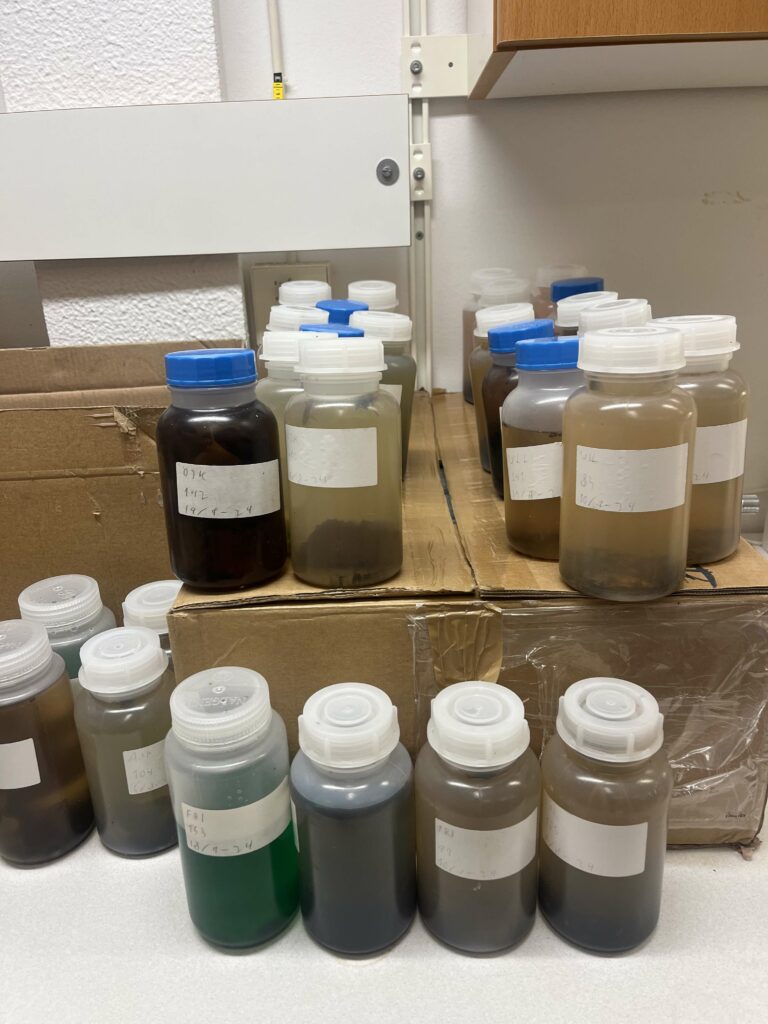
His findings could reveal important patterns in beetle populations and oak ecosystems, offering insights that support conservation efforts for these unique habitats.


Wrapping up fieldwork at Vessers Udde!
The team has officially finished measuring oaks and hazel shrubs in the unique Vessers Udde Nature Reserve! Since this reserve has been left to grow naturally without human interference, it’s the perfect place to see how nature takes its own course over time.
It was an intense few weeks, with seven biologists joining forces to get the job done. Measuring hazel shrubs alone turned into a huge task, with a whopping 1,393 shrubs recorded!
Now, it’s all about diving into the data. The researchers are busy sorting and refining the numbers, getting ready to reveal new insights into the natural growth of forests and the beauty of untouched ecosystems. Stay tuned for what’s next.
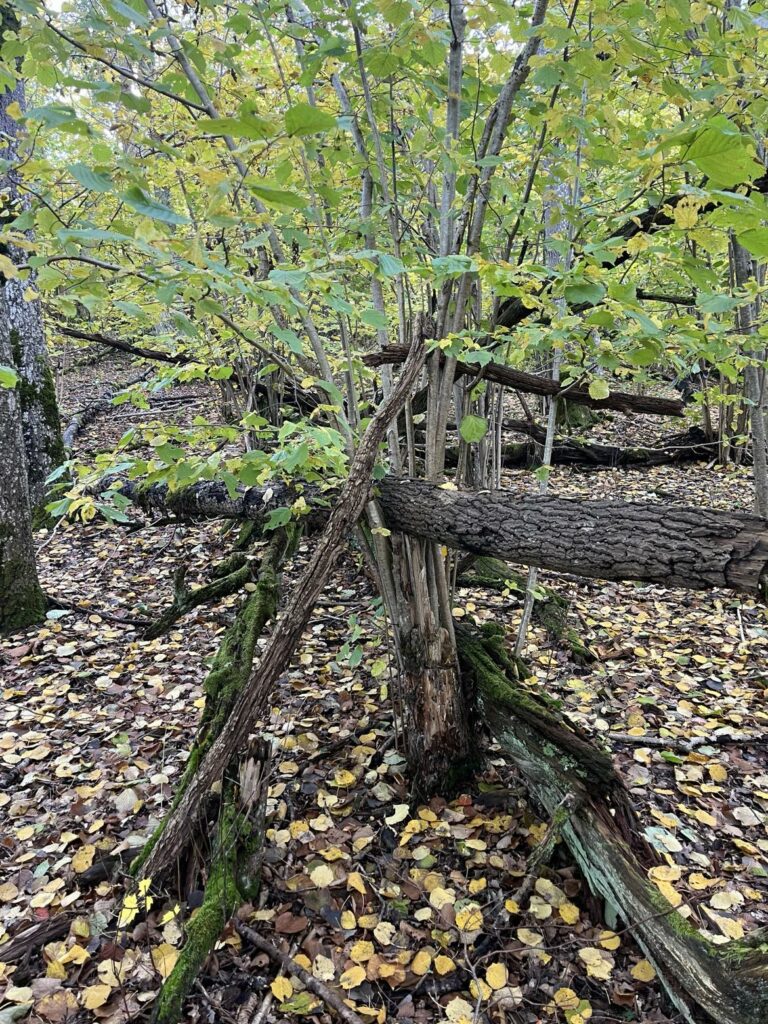
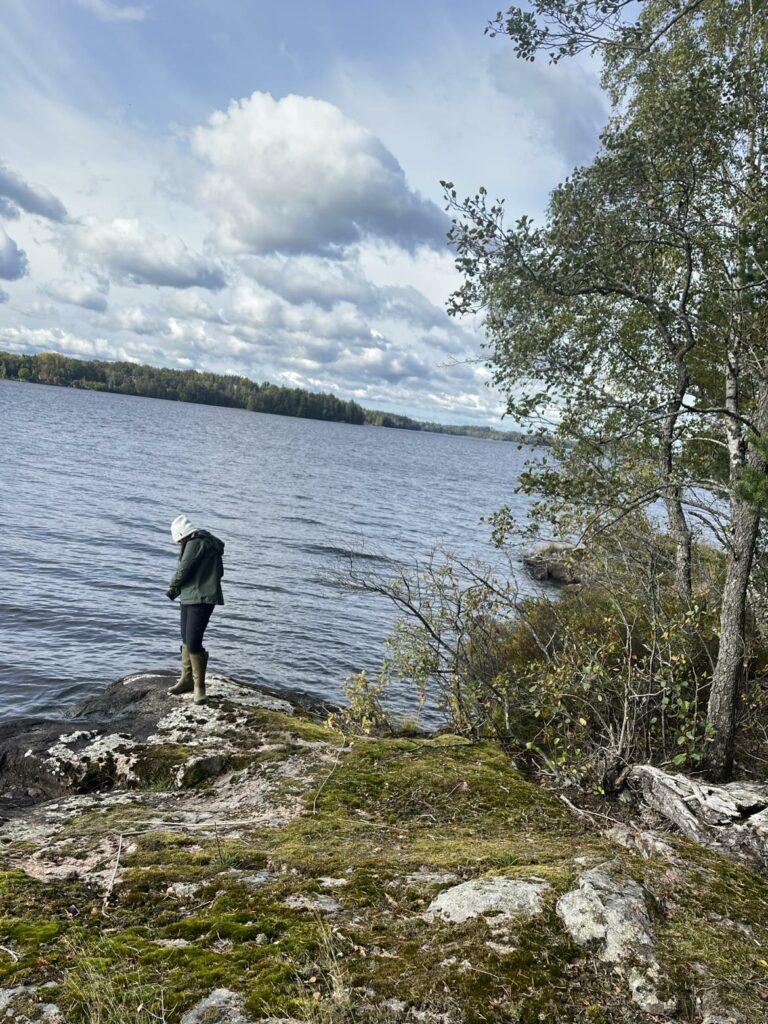
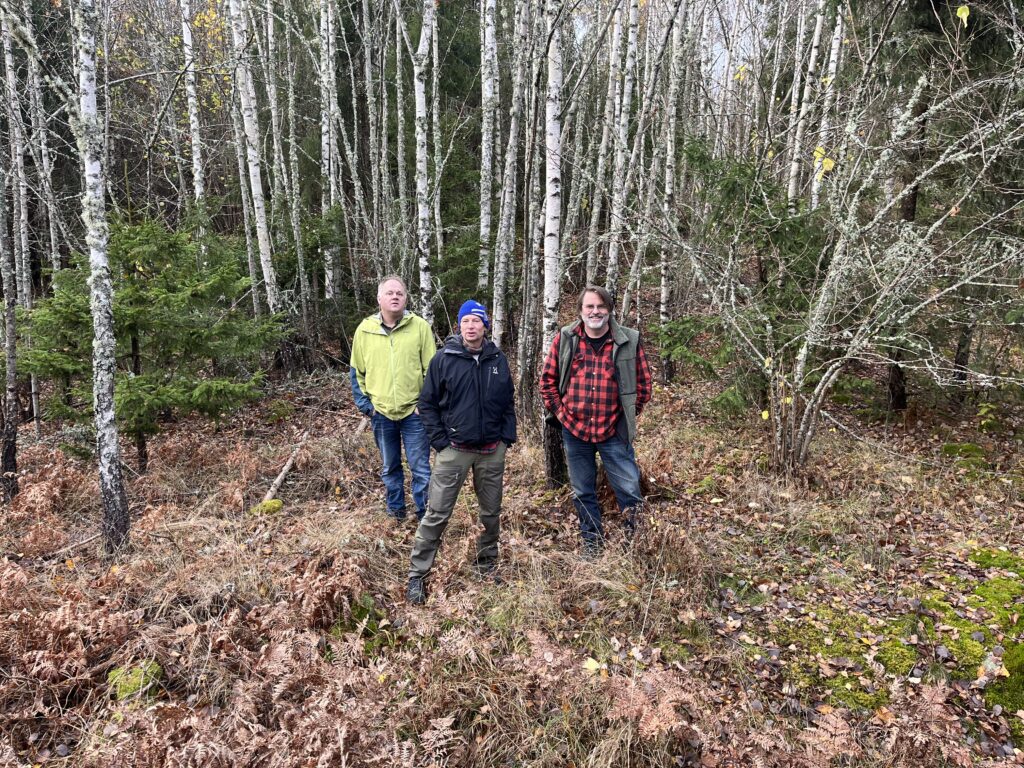
In field with Goodyera repens
G. repens, known as Knärot in Swedish, is a species that primarily grows in old, moss-rich coniferous forests, indicating a stable and mature ecosystem. It is classified as vulnerable (VU) due to its sensitivity to disturbances such as logging and fire. The presence of G. repens suggests that the habitat is of high conservation value, often hosting a variety of other sensitive species. As an indicator species, its occurrence helps identify forest patches that are crucial for biodiversity, which is important for informing sustainable forestry practices.

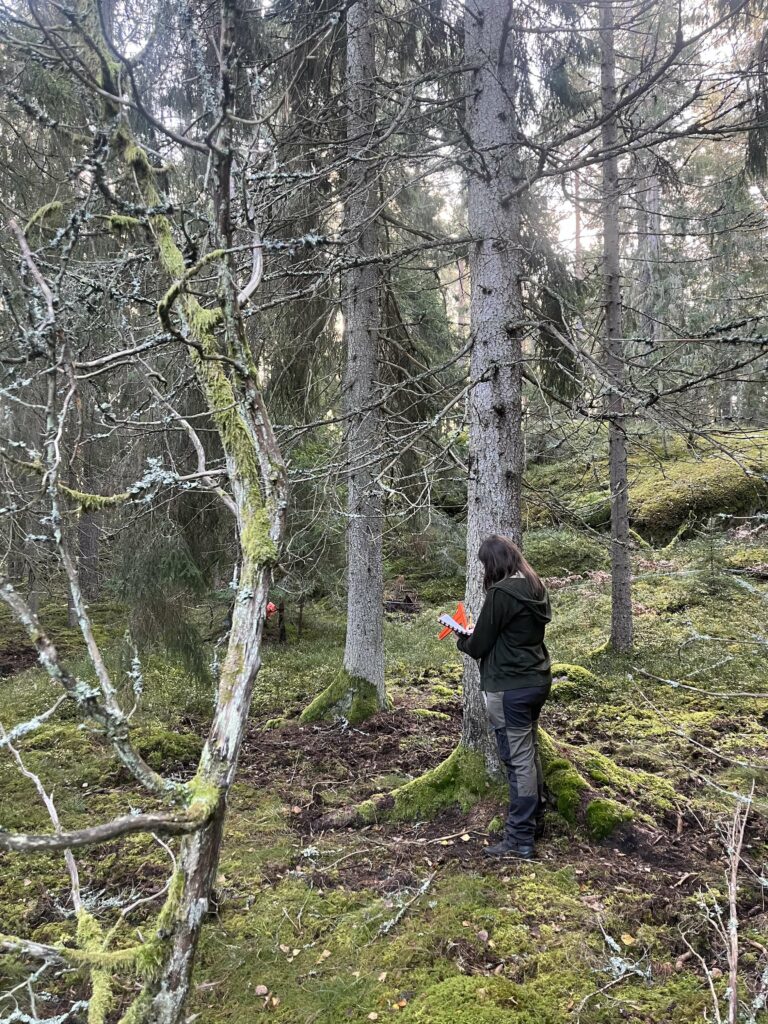

How the fieldwork works?
Charlotte visits areas where G. repens has been previously recorded and compares them with control areas. These control areas are of two types: one type consists of areas of similar age as the Goodyera sites, and the other type is completely randomly selected. This setup helps in understanding both the habitat requirements of Goodyera and the influence of forest age and structure.
During each visit, Charlotte sets up a 50×50 meter survey plot. In these plots, she measures tree size as a proxy for the age of the forest stand, examines deadwood, and records the occurrence of indicator species. Notably, she also measures the height and size of dead trees to understand the structure of the habitat. Examples of indicator species found recently include the lichen Lecanactis abietina and the plant Anemone hepatica. These measuments aim to provide insights into the conservation value of the area.
After all the measurements are complete, Charlotte check if the area contains certain characteristics that help to assess the habitat’s nature value. This helps in determining the overall ecological quality of the forest patches.
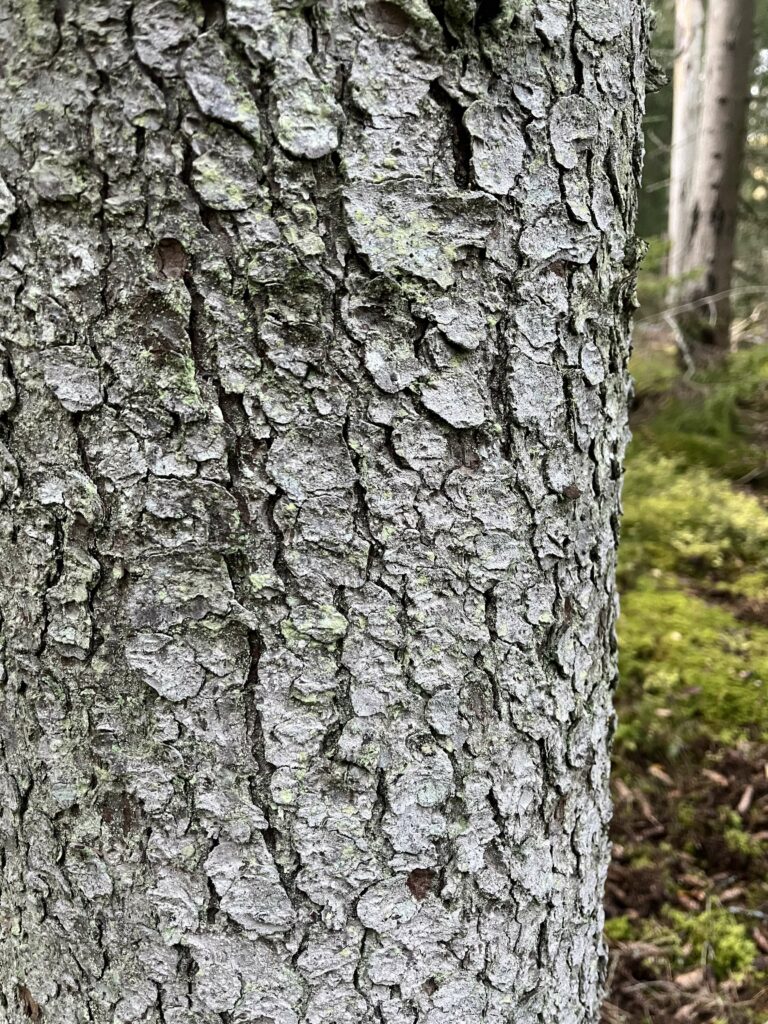
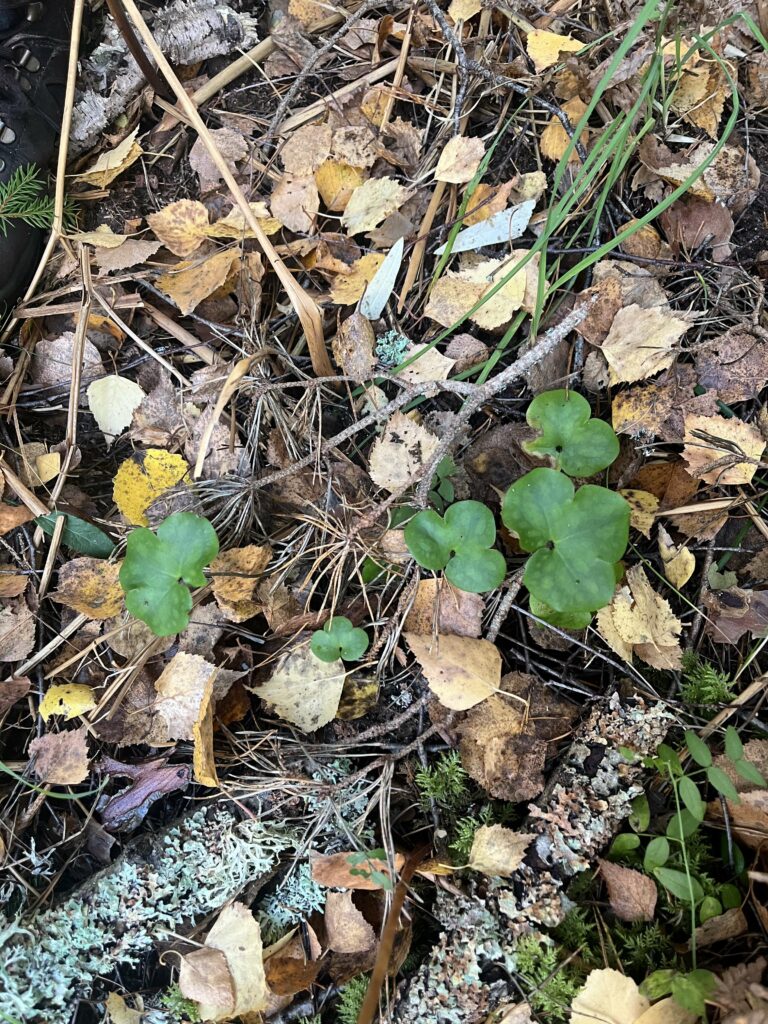
Expected outcomes
By the end of the fieldwork, which is set to conclude in November, the data collected will be analyzed to contribute to models predicting the occurrence of G. repens. These models will help in guiding sustainable forestry management practices, ensuring that valuable habitats are preserved. Additionally, the project aims to validate G. repens as a reliable indicator for identifying high-biodiversity areas, thereby supporting conservation efforts at a broader scale.

Study highlights the importance of fire history for conserving fire-dependent beetles in boreal forests
This recent published paper written by our researchers analyzes the influence of recent forest fire history (12 years prior to sampling) on the occurrence of pyrophilic beetles, which benefit from forest fires, in a 10,000 km² region in Sweden. The researchers used smoke attraction traps to capture beetles at 21 forest sites with different fire histories and developed a new spatiotemporal connectivity measure to assess how the location and timing of fires affected beetle occurrence. They found that the presence of pyrophilic beetles was significantly related to fires that occurred nearby (within 2 km) and recently (within the last 2-3 years), whereas other beetle species did not show this relationship. These results suggest that prescribed burns for conservation purposes should be conducted close to other fires and at relatively frequent intervals to promote the biodiversity of pyrophilic beetles.

Milberg P, Bergman K-O, Jansson N, Norman H, Sundin F, Westerberg L, Johansson V. Short Spatiotemporal Fire History Explains the Occurrence of Beetles Favoured by Fire. Insects. 2024; 15(10):775. https://doi.org/10.3390/insects15100775
Study reveals new insights on biodiversity in Swedish oak forests
This article analyzes the influence of climate change on the effectiveness of protected areas in maintaining biodiversity and ecosystem services. The study compares the biodiversity of plants and arthropods, as well as productivity (tree growth), in protected and non-protected areas along a latitudinal gradient in Sweden. The authors observed that plant and arthropod species richness increased with latitude but was not higher in protected areas compared to non-protected ones. Tree growth was also not associated with latitude or protection status. These results suggest that current conservation strategies may be insufficient to protect biodiversity and ecosystem services in the face of climate change, highlighting the need for more climate-adapted strategies.

Milberg, P. and Strandhag, J. How spruce and pine fare in a wooded meadow without management for a century. Baltic Forestry. 2024, 30(1): id 732; https://doi.org/10.46490/BF732
Harnessing remote sensing for biomass estimation in young scots pine forests
This paper explores the application of remote sensing technologies to estimate aboveground biomass in young Pinus sylvestris (Scots Pine) stands. Conducted in the Baltic region, the study compares different remote sensing methods, including LiDAR and aerial imagery, to traditional field measurements for biomass estimation. The findings demonstrate that remote sensing is a promising tool for biomass assessment, providing accurate estimates while reducing the time and labor associated with fieldwork. The research is valuable for forest managers and ecologists seeking efficient ways to monitor forest growth and carbon sequestration in young stands.
Long-term succession and decline: a century of small tree and shrub dynamics in a southern Swedish meadow
This recently publish paper investigates how small tree and shrub populations have changed over a century of natural succession in a protected meadow. The study revisits an area in southern Sweden that ceased traditional management practices like mowing in 1923, allowing the natural progression of the landscape from a meadow to a forest. By comparing data from a 1937 survey with fieldwork conducted in 2023, the authors found a significant decline in both population density and canopy cover of the species studied. Despite this, some trees and shrubs have persisted, demonstrating the slow pace of ecological change and highlighting the potential for restoration in semi-open landscapes.
This study emphasizes the importance of traditional land-use practices for maintaining biodiversity and suggests that without management, such species may continue to decline. The paper contributes valuable insights for conservationists and land managers looking to balance natural succession with the preservation of species-rich habitats like wooded meadows.
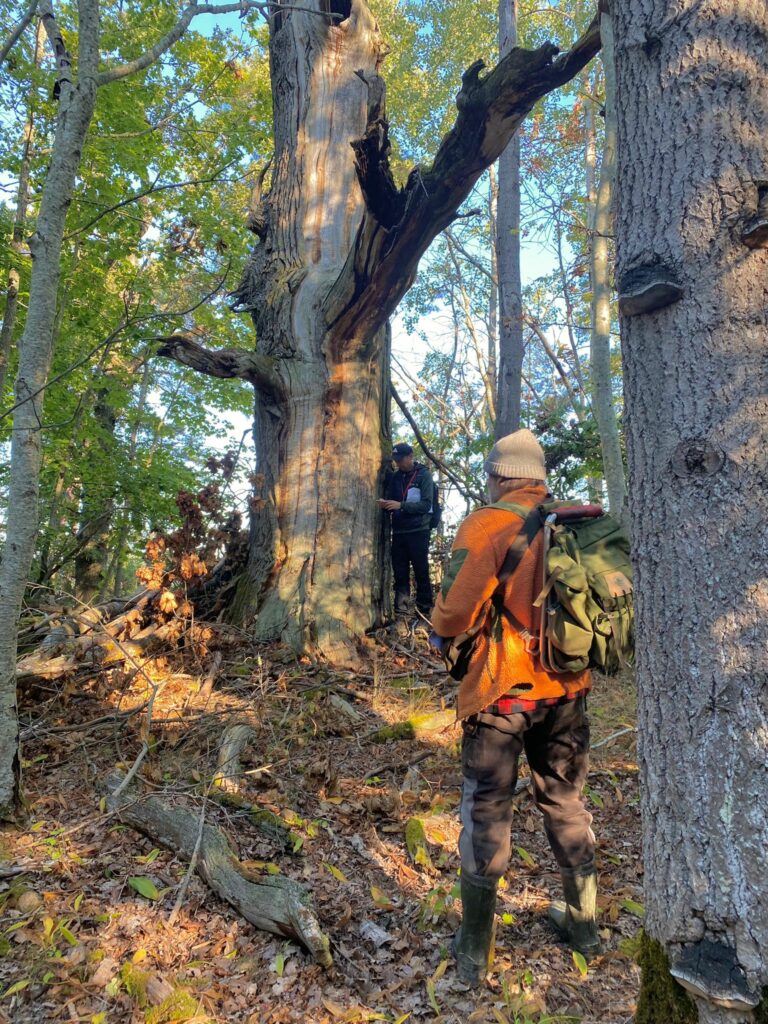
Comparing DNA metabarcoding, barcoding, and morphological methods
This paper investigates the effectiveness of three methods—DNA metabarcoding, standard barcoding, and traditional morphology-based identification—in identifying insect species and estimating biodiversity. The study evaluates their performance across various insect taxonomic groups (butterflies, bumblebees, and parasitic wasps) by comparing species assignment consistency.
Key findings:
- DNA barcoding showed an average assignment consistency of 49% across taxonomic groups, with parasitic wasps showing the lowest accuracy.
- Metabarcoding provided reliable biodiversity estimates that aligned well with morphological identification results, demonstrating its utility in large-scale biodiversity assessments.
- The study revealed that species assignment consistency is influenced by taxonomic group, sequence similarity thresholds, and geographic distance.
The findings highlight that while challenges remain, DNA barcoding and metabarcoding offer robust alternatives to traditional taxonomy, especially in biodiversity monitoring and conservation.
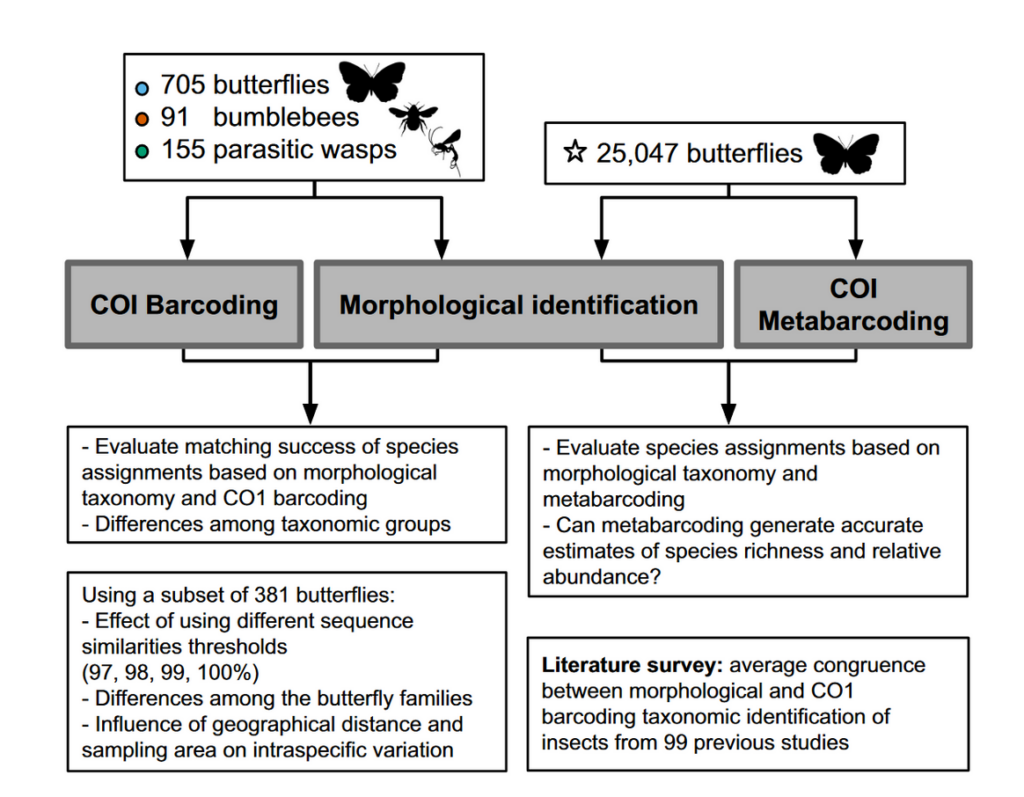
Long-distance movements and large population sizes of endangered butterfly species
New study published examines the dispersal patterns, population sizes, and conservation needs of three globally threatened butterfly species: the Marsh Fritillary, Apollo, and Large Blue.
Key findings:
- Population sizes: Despite being endangered, these species maintain large populations in some areas, with nearly 30,000 captures recorded.
- Long-distance movements: The Marsh Fritillary traveled up to 7.2 km, and the Apollo butterfly up to 6.4 km, indicating the need for expansive habitats.
- Density-dependent dispersal: As population density increased, butterflies were more likely to disperse to less crowded areas, improving survival.
Conservation implications:
The study stresses the need for habitat management and landscape-level conservation strategies to protect these species from threats like agriculture and climate change, ensuring their survival on Gotland.

Importance of deadwood for forest beetle biodiversity
A new study comparing spruce-dominated forests in southern Sweden shows that production forests contain significantly less deadwood and lower diversity of saproxylic beetles — especially red-listed species — than nearby nature reserves. Deadwood is a key forest structure that many species depend on, yet it is much less common in forests managed for timber.
Researchers sampled deadwood and beetles in forest stands representing different stages of the forestry cycle. In total, they identified 478 species and about 71,000 individual beetles. The highest biodiversity was found in both new and old nature reserves, as well as in 65–85-year-old production forests. Young and middle-aged production forests (15–25 and 35–45 years old) had the lowest species numbers, and the chance of finding red-listed or indicator species was significantly lower in all production forests except the oldest ones.
These findings highlight the importance of deadwood and varied forest structure for maintaining biodiversity. The study emphasizes that enhanced conservation actions are needed in production forests to support species that rely on natural forest conditions.
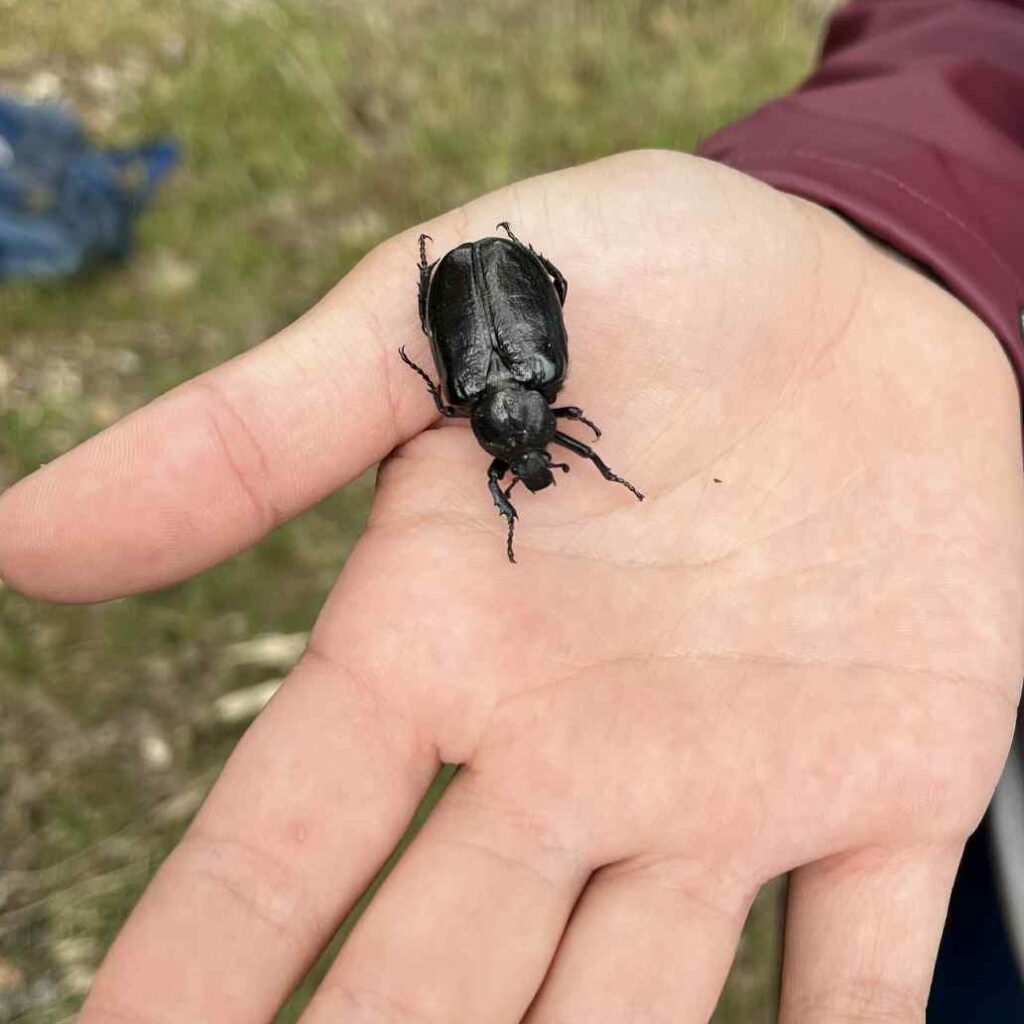
Bergman, KO., Petersen, R., Johansson, V. et al. From clear-cuts to nature reserves: saproxylic beetle diversity and deadwood availability in Norway spruce (Picea abies L.) stands in southern Sweden. Annals of Forest Science 82, 37 (2025). https://doi.org/10.1186/s13595-025-01307-5
THE WEBSITE IS ON!
We are excited to announce that the Biodiversa website is now live!
Here, you can learn more about the Conservation Ecology Group, based in Sweden, and their ongoing research. Our group consists of researchers and students working together to explore ways to better protect nature and halt species decline. Our research projects focus on monitoring wild populations, understanding pollinators and pollination relationships, and investigating the environmental needs of key species.
We will continue to update the website with more information about our research to improve science communication and make it accessible to everyone.
We hope you enjoy exploring our work!
